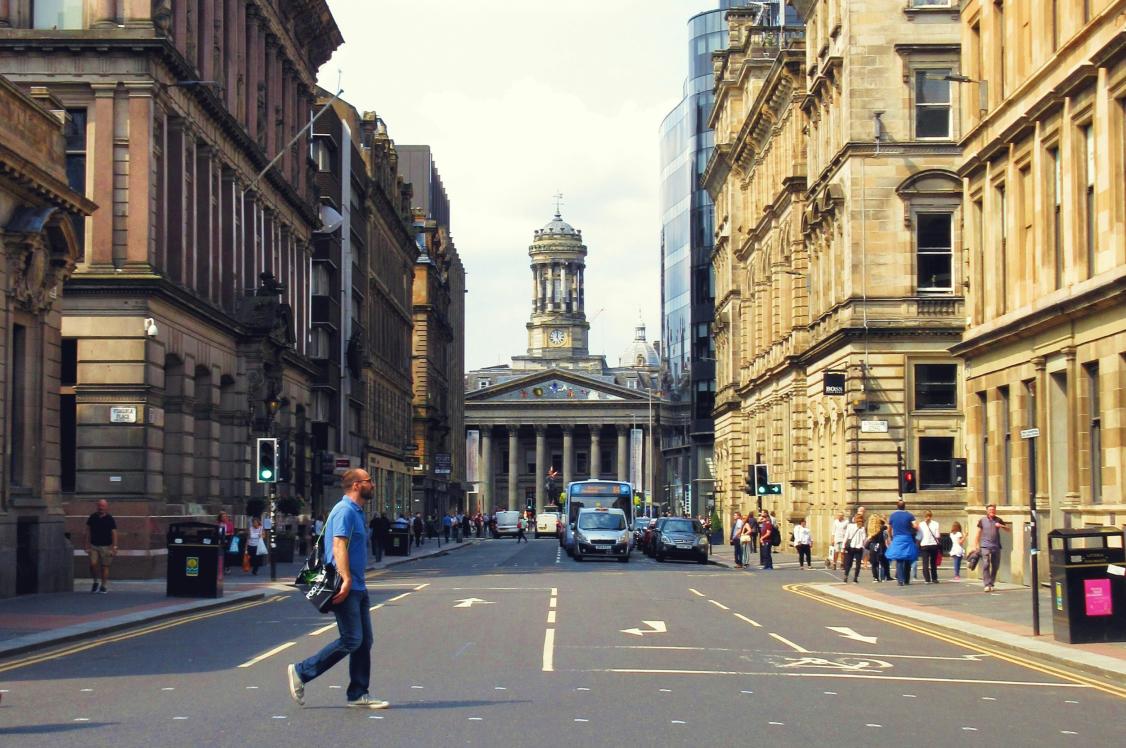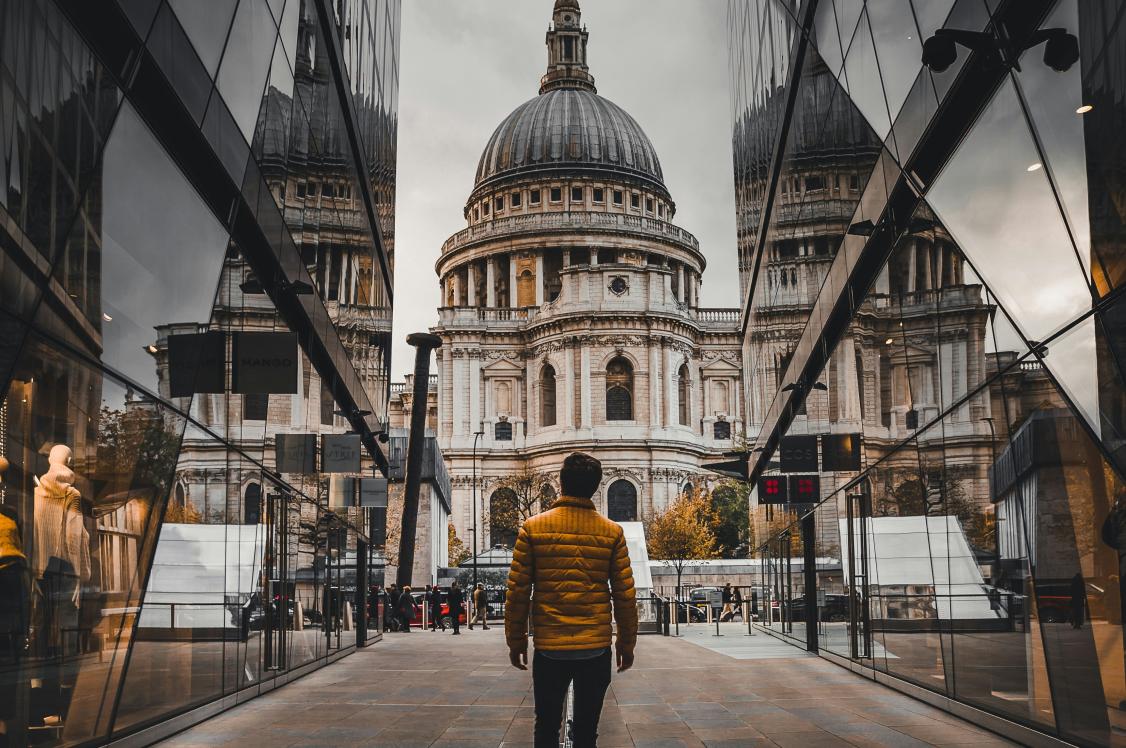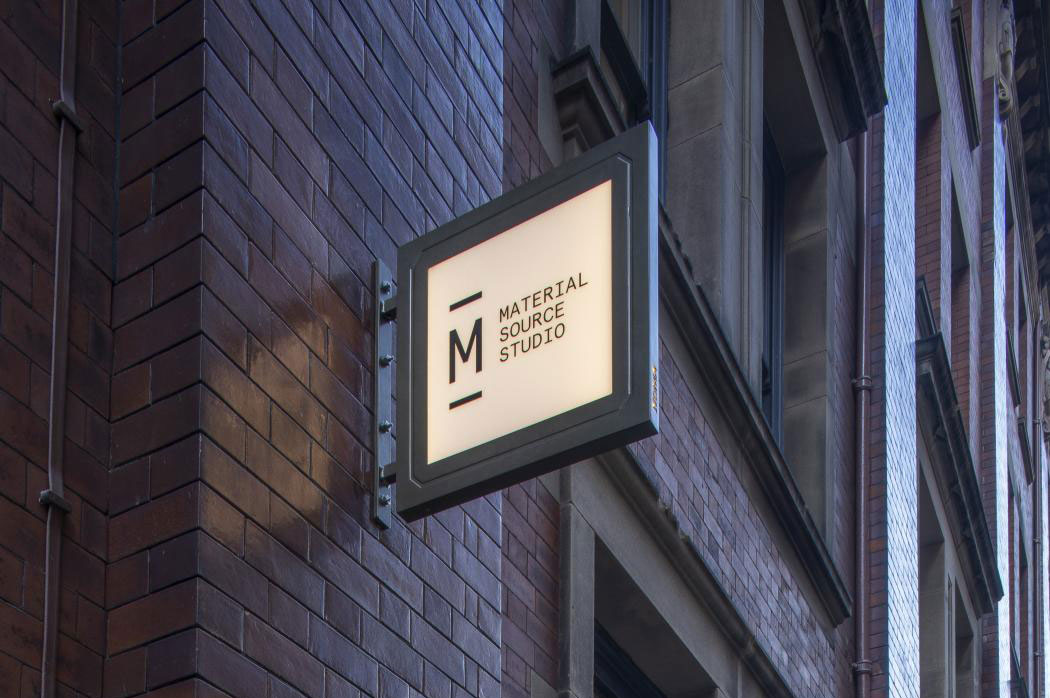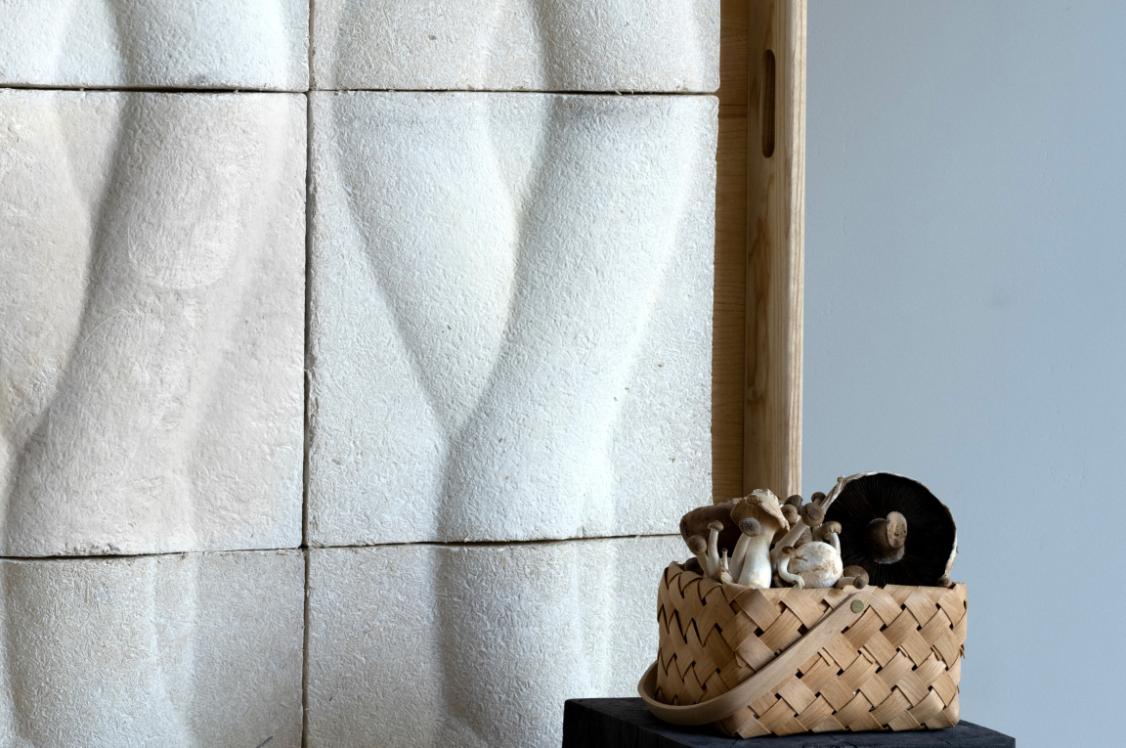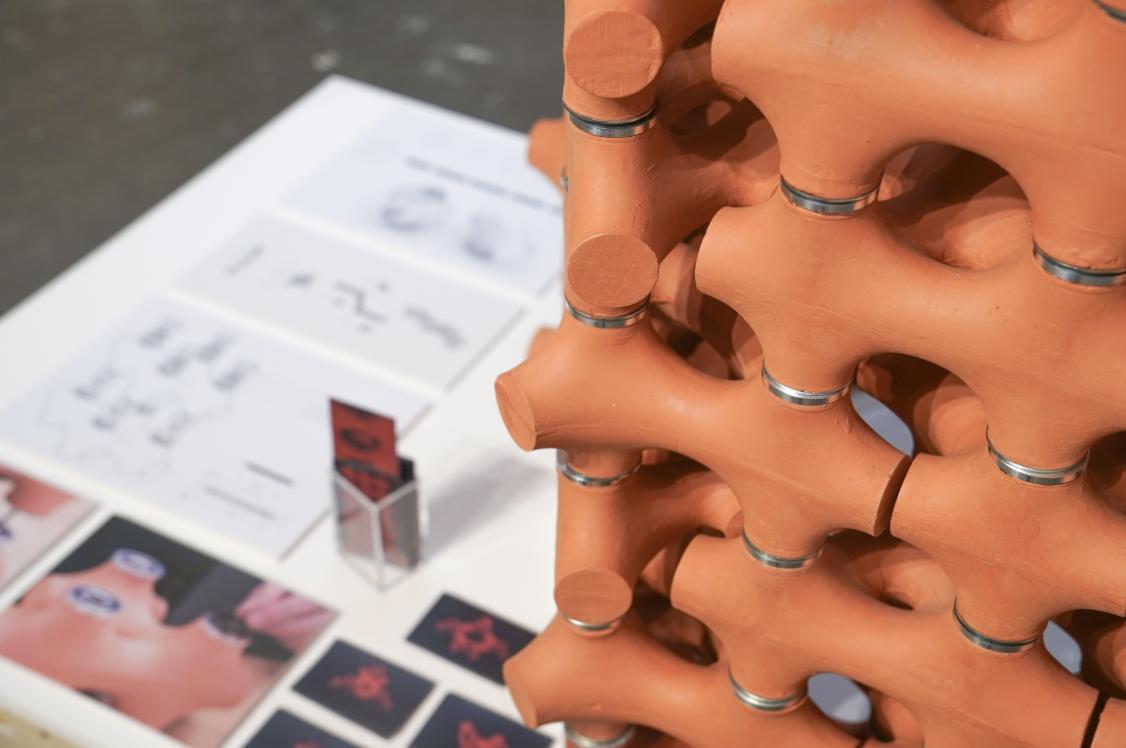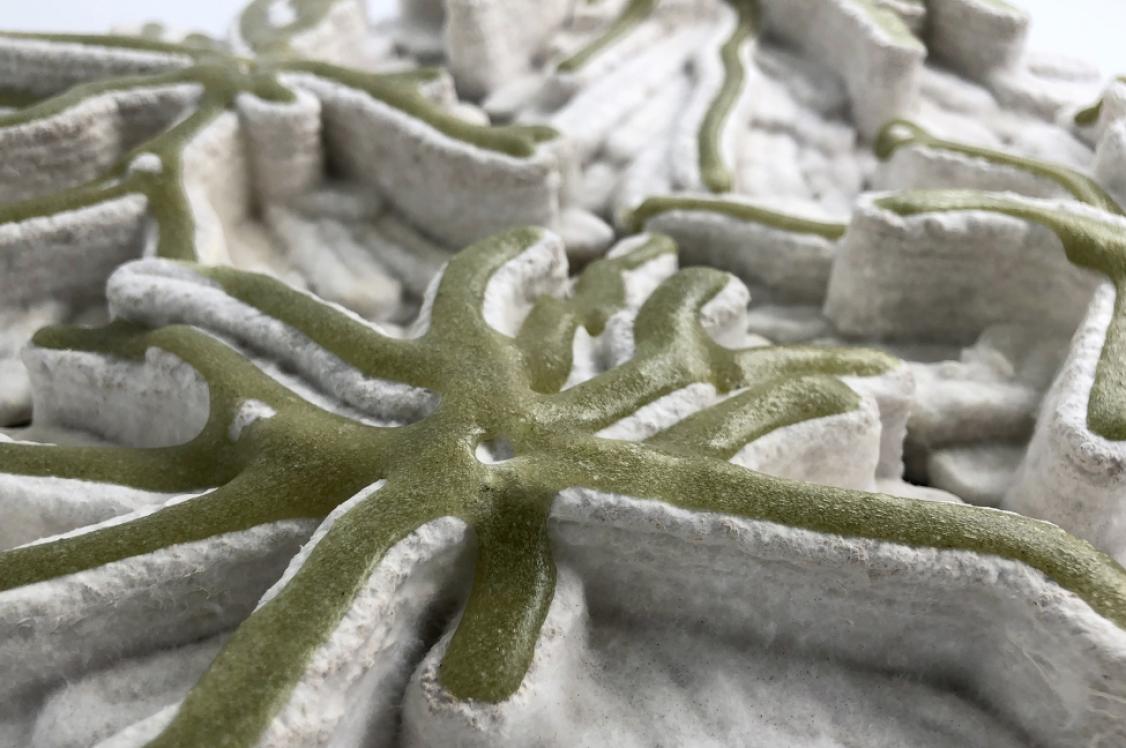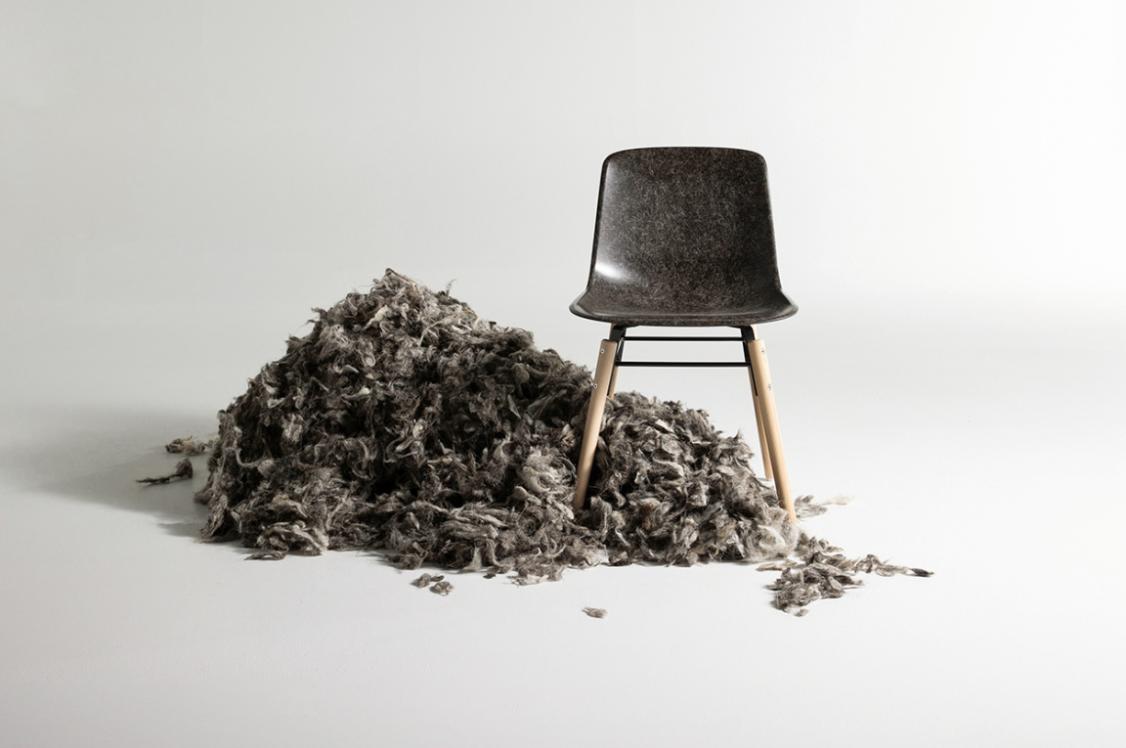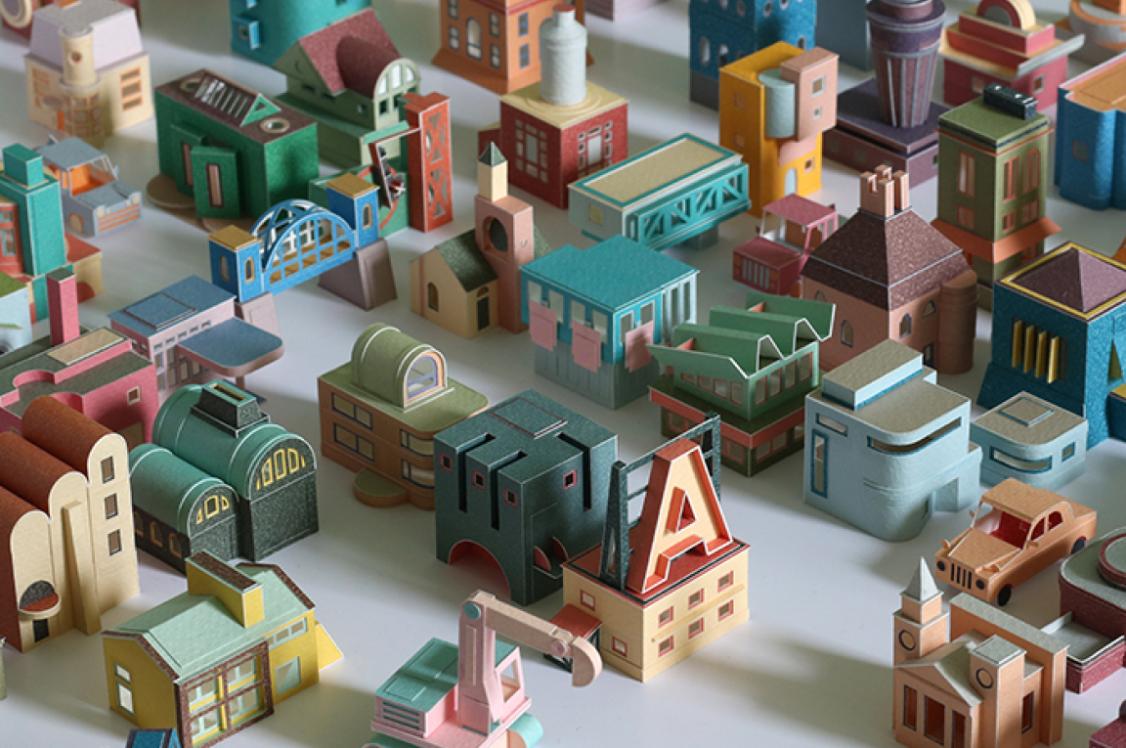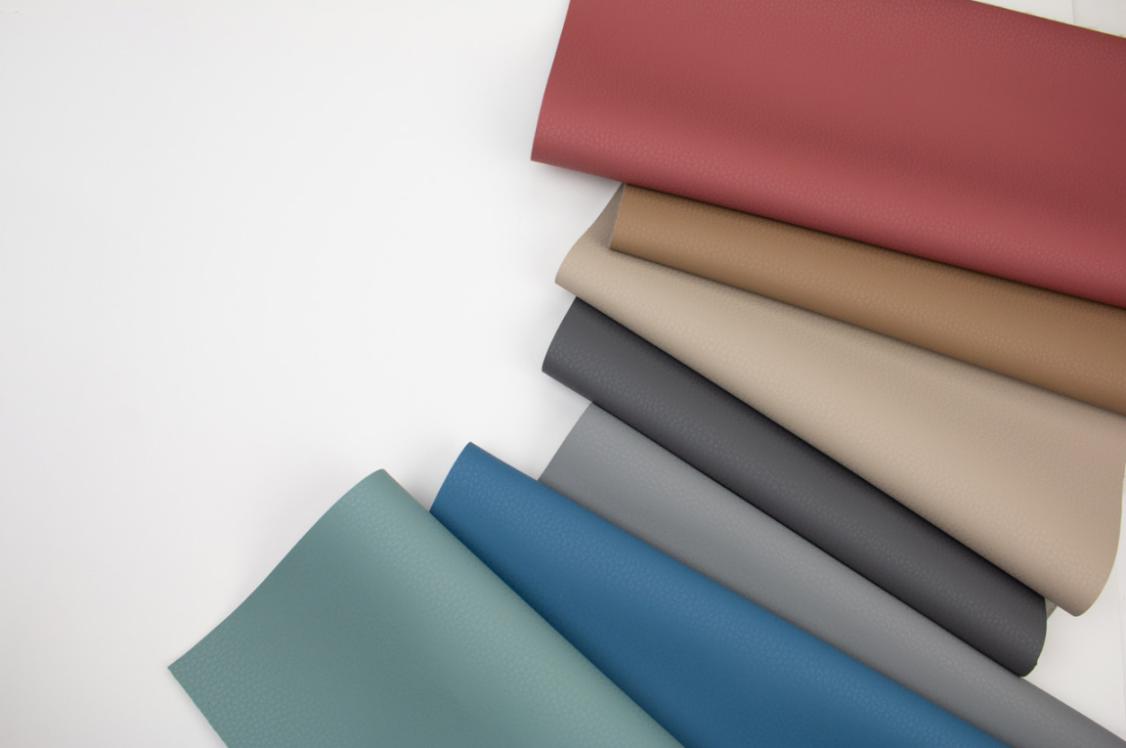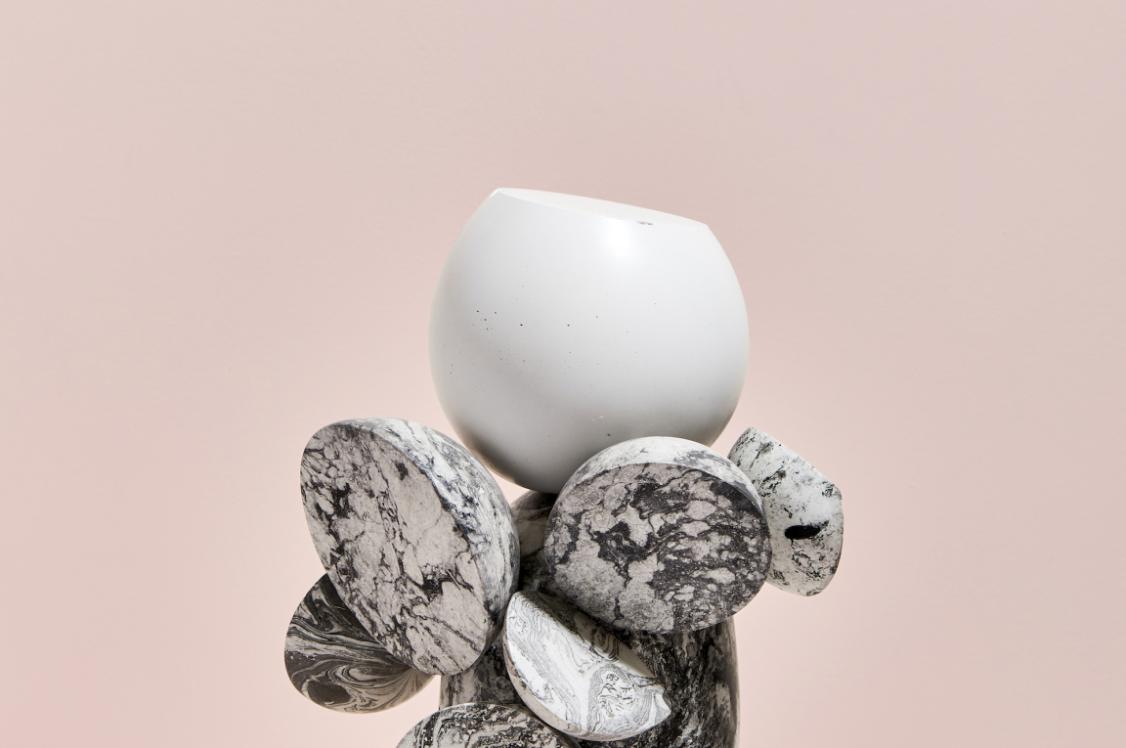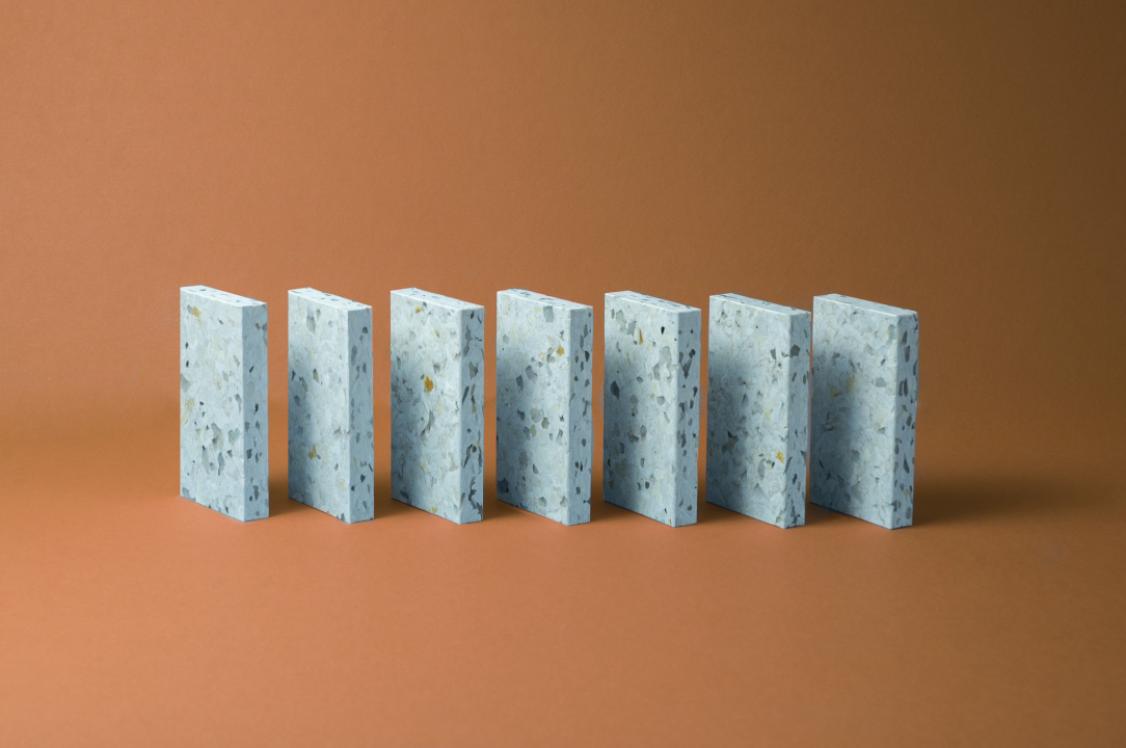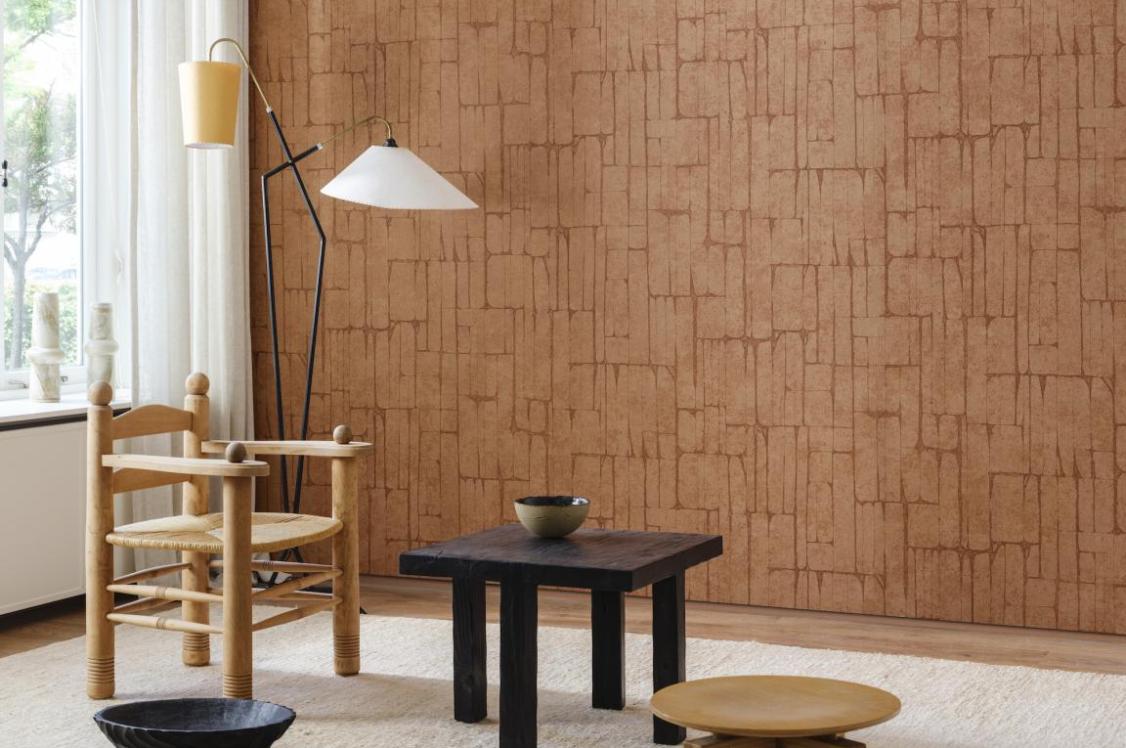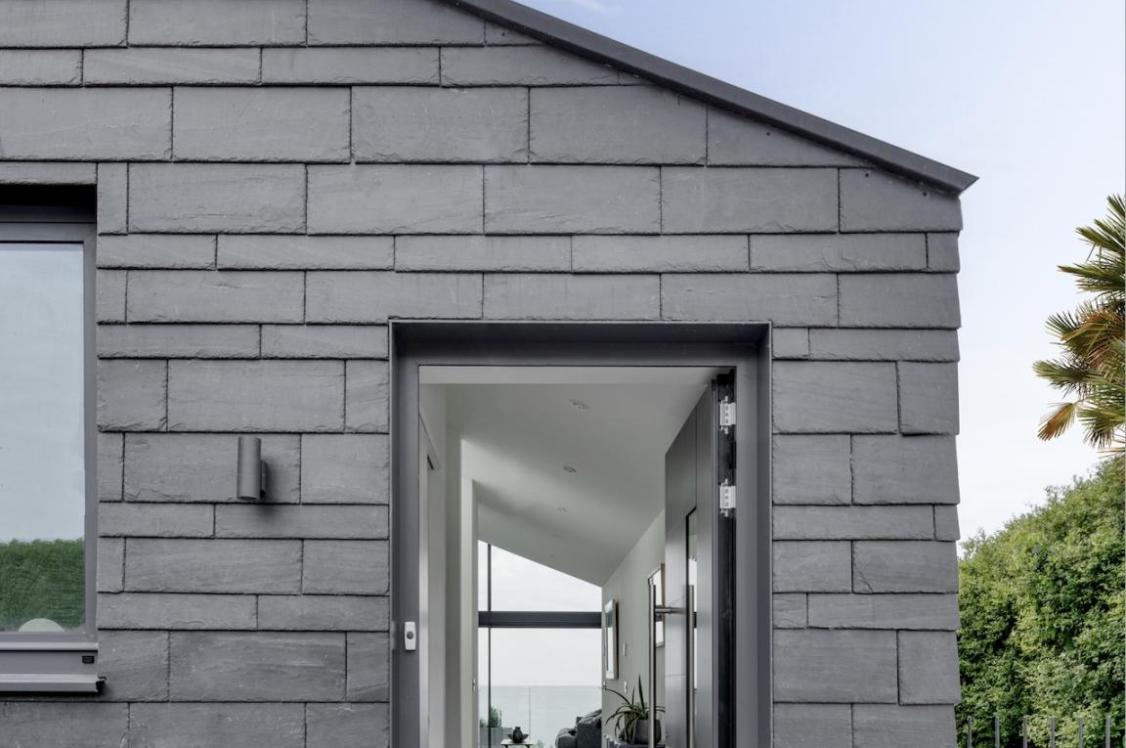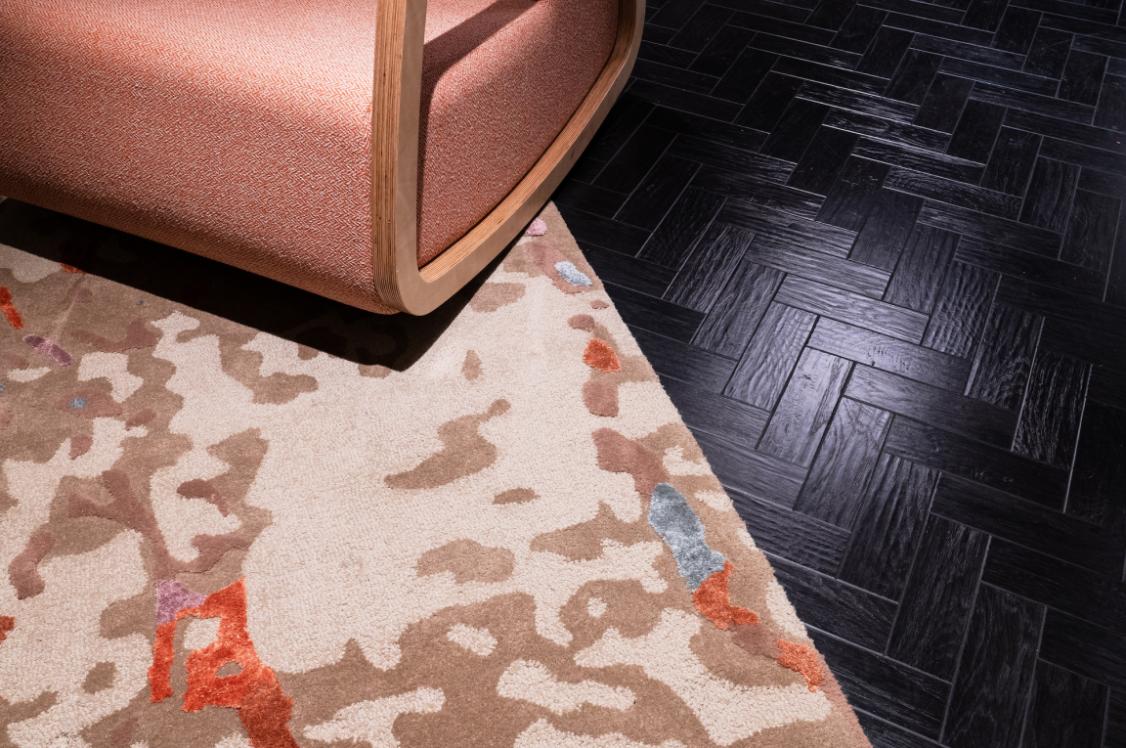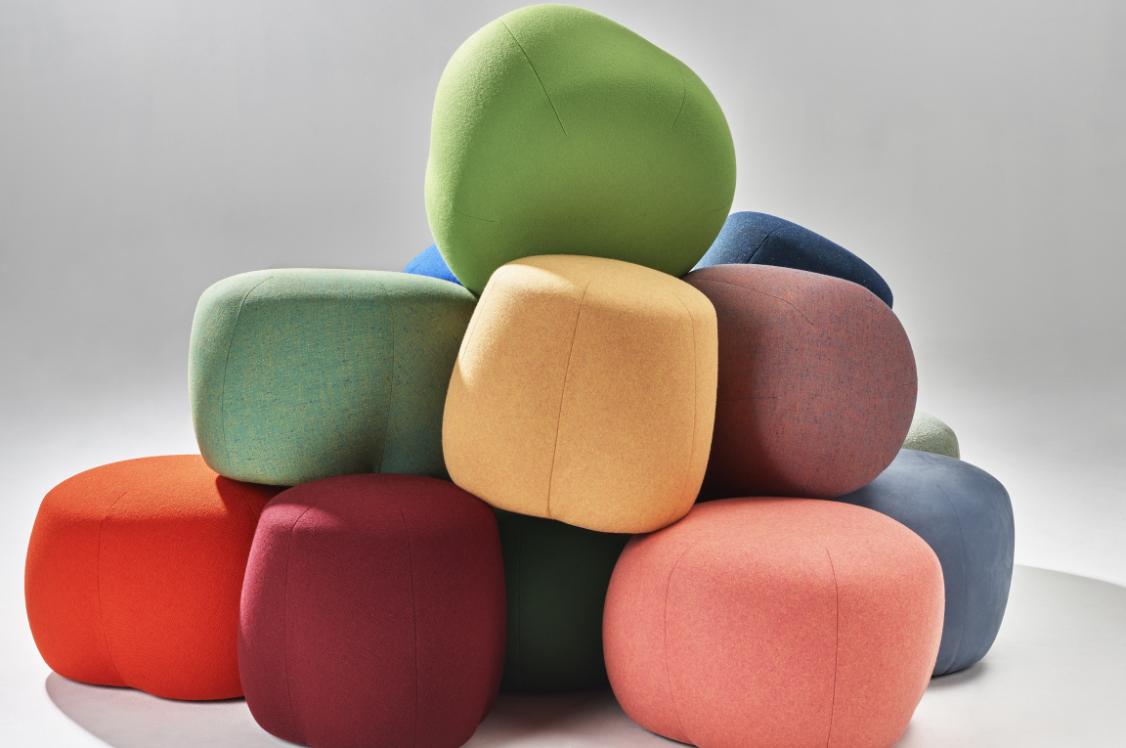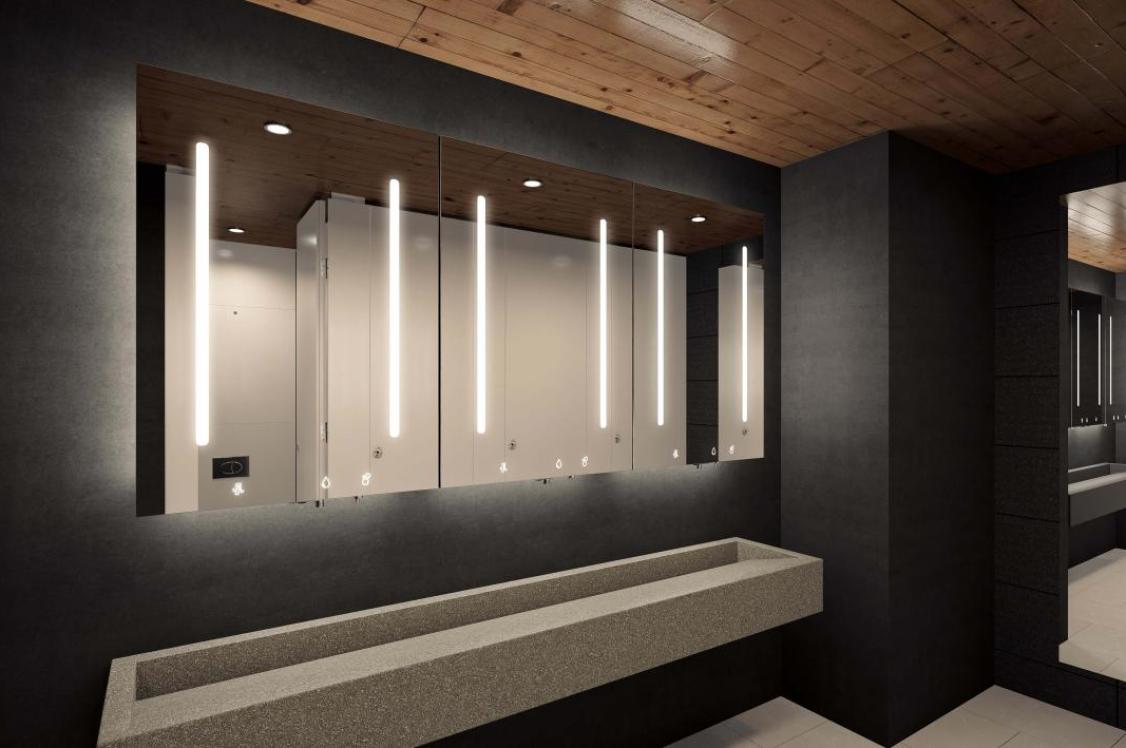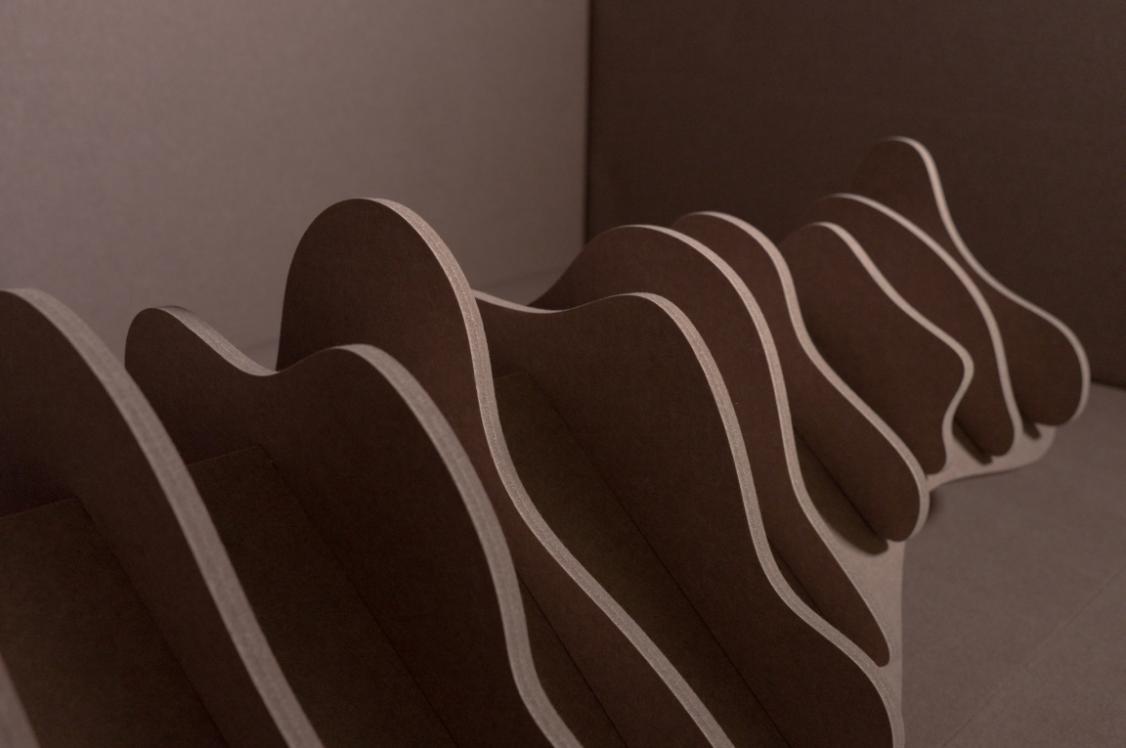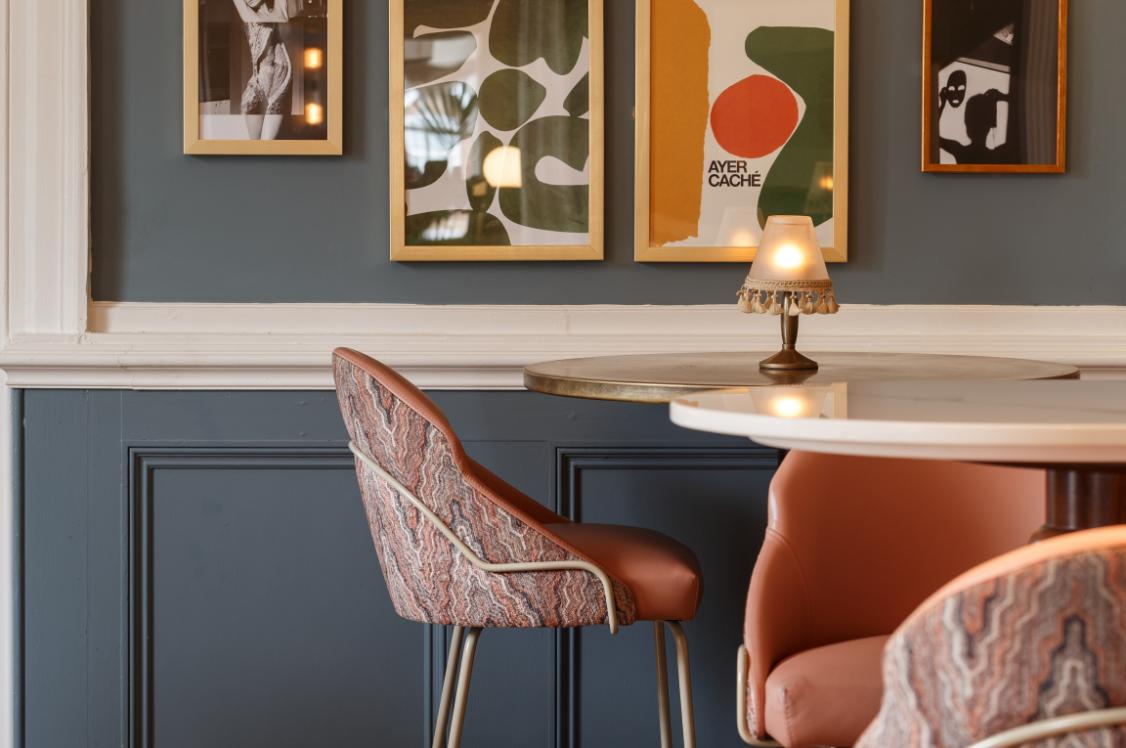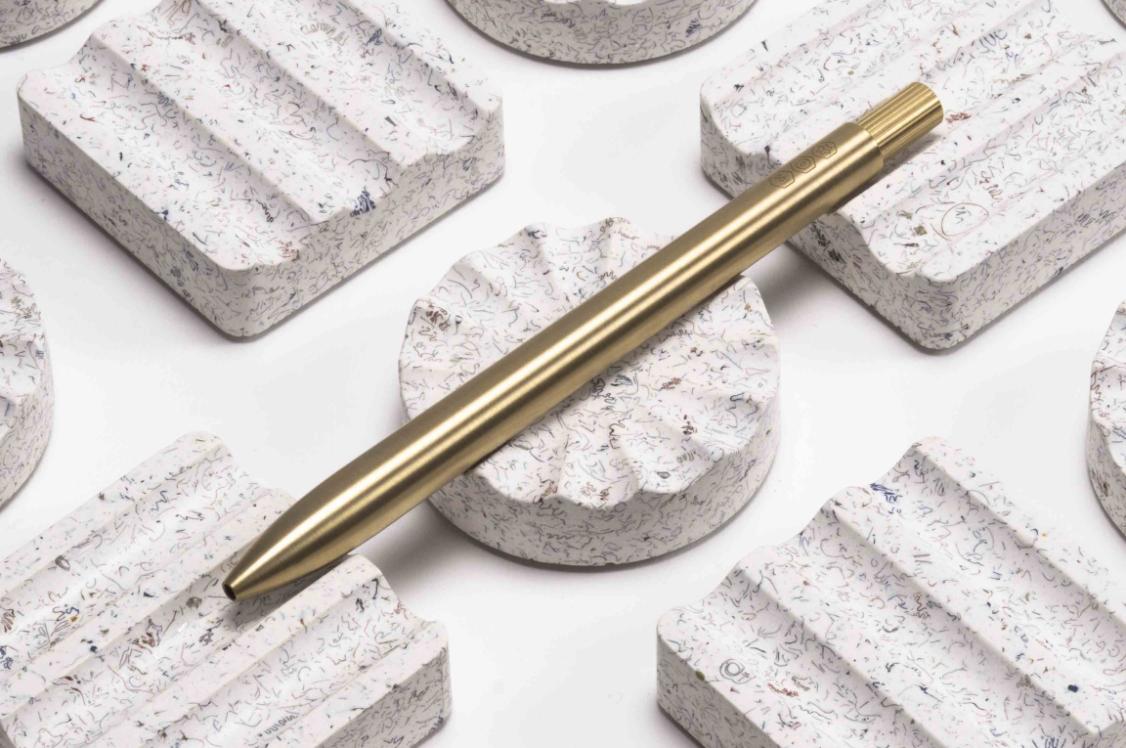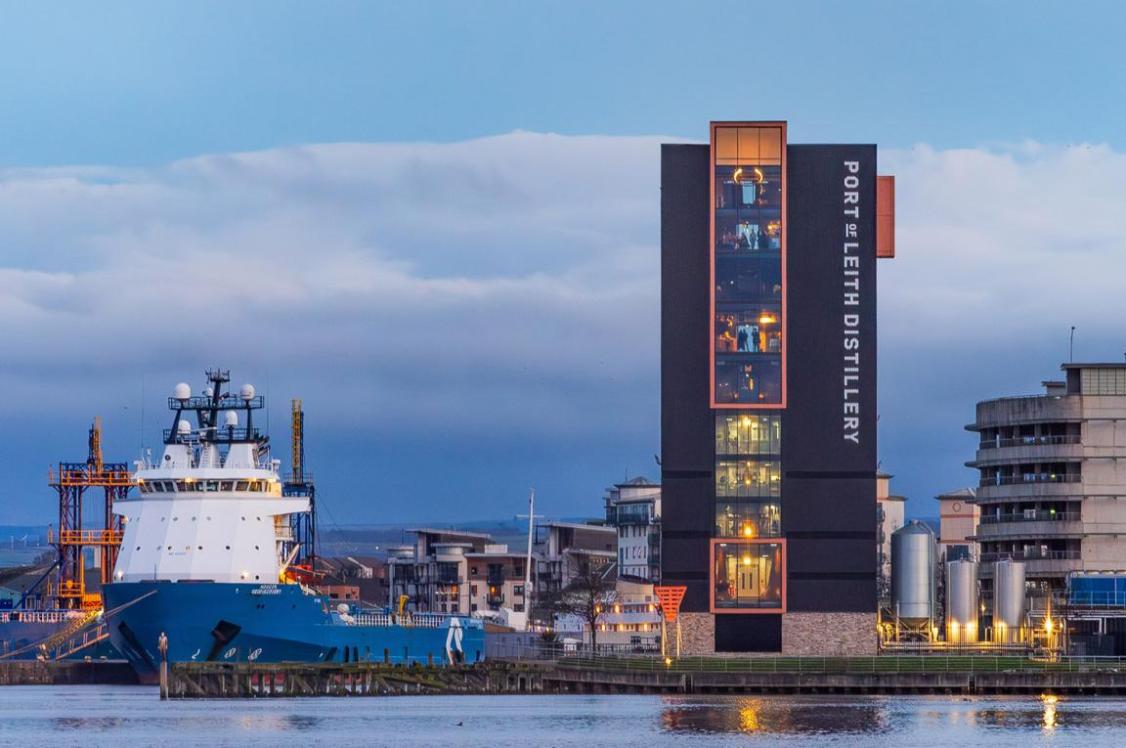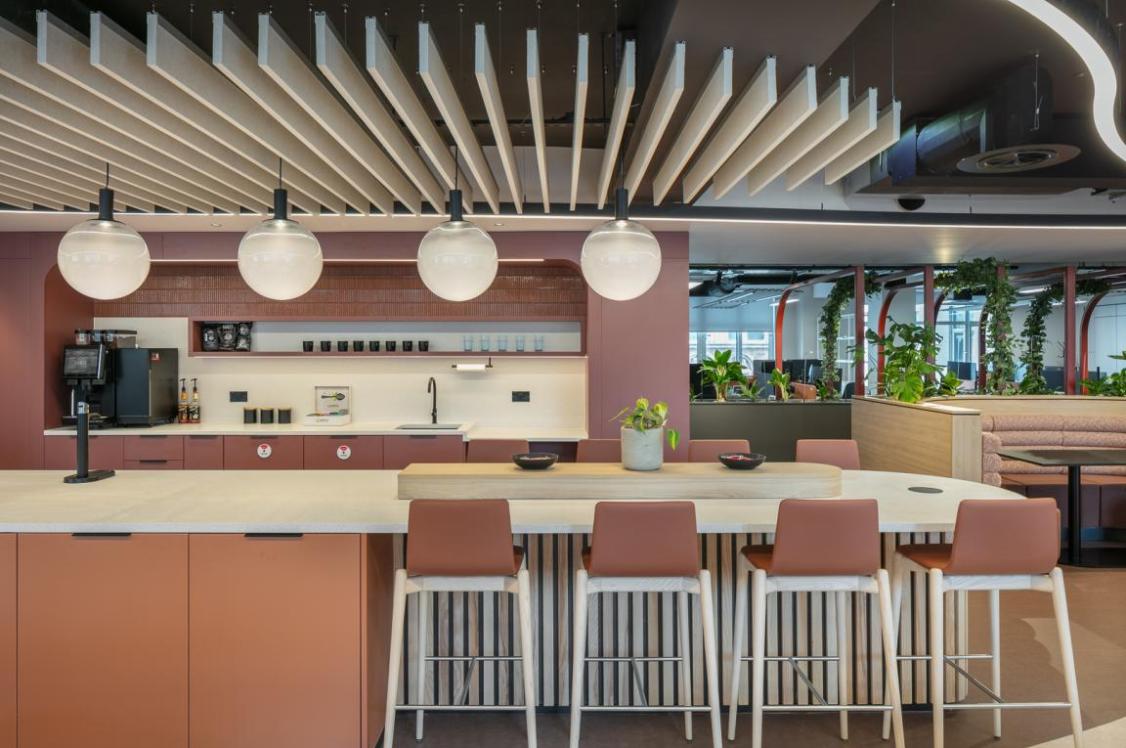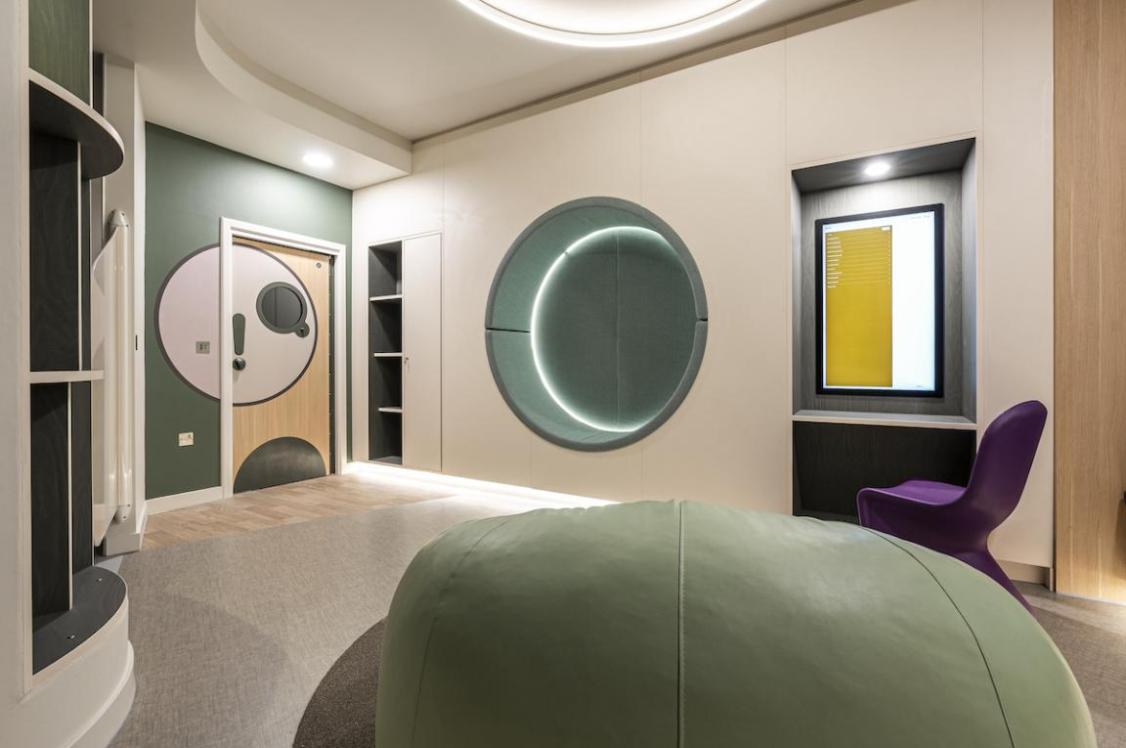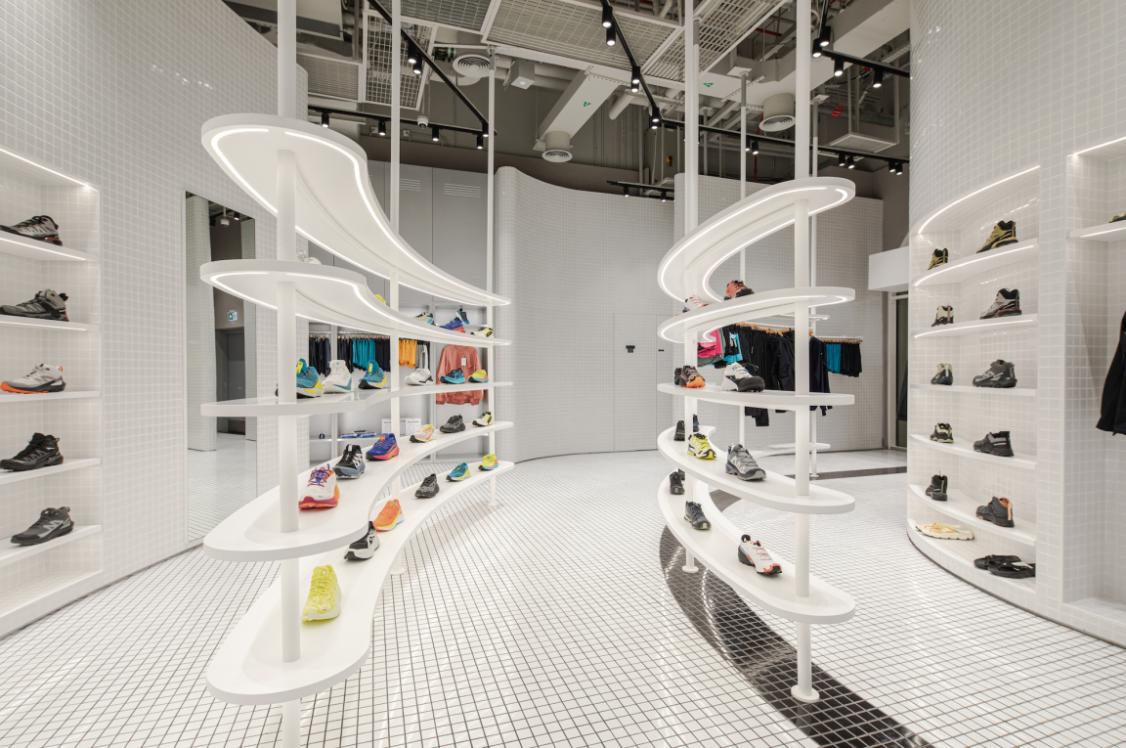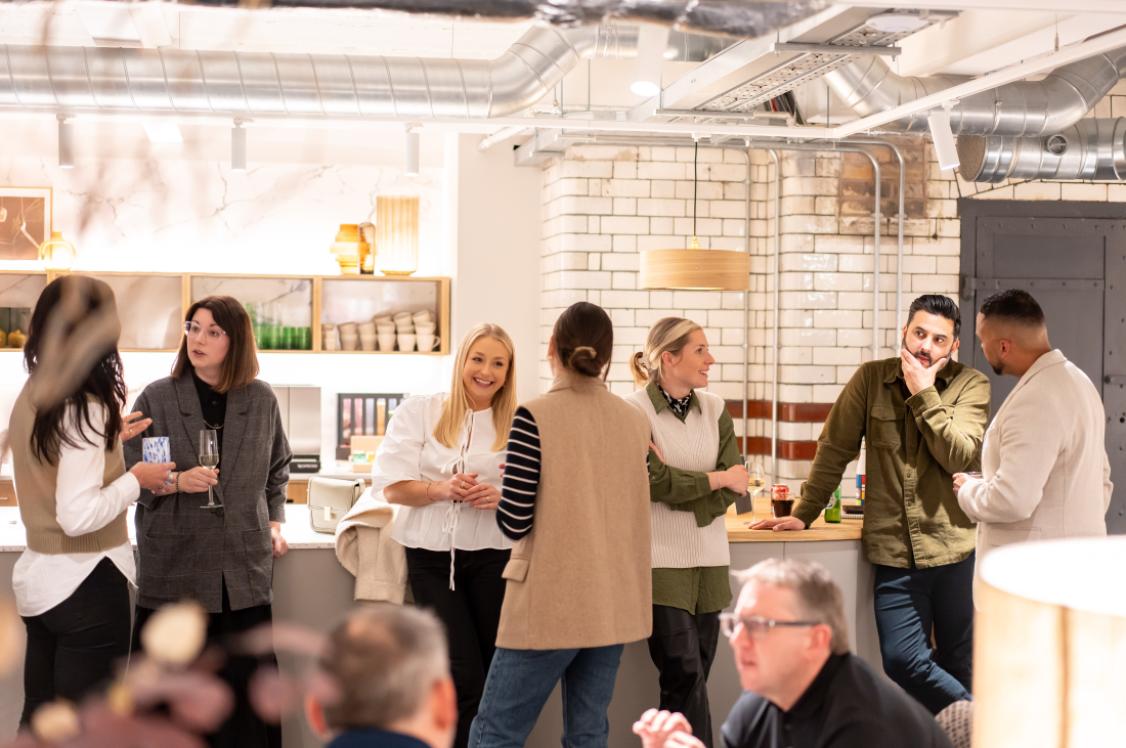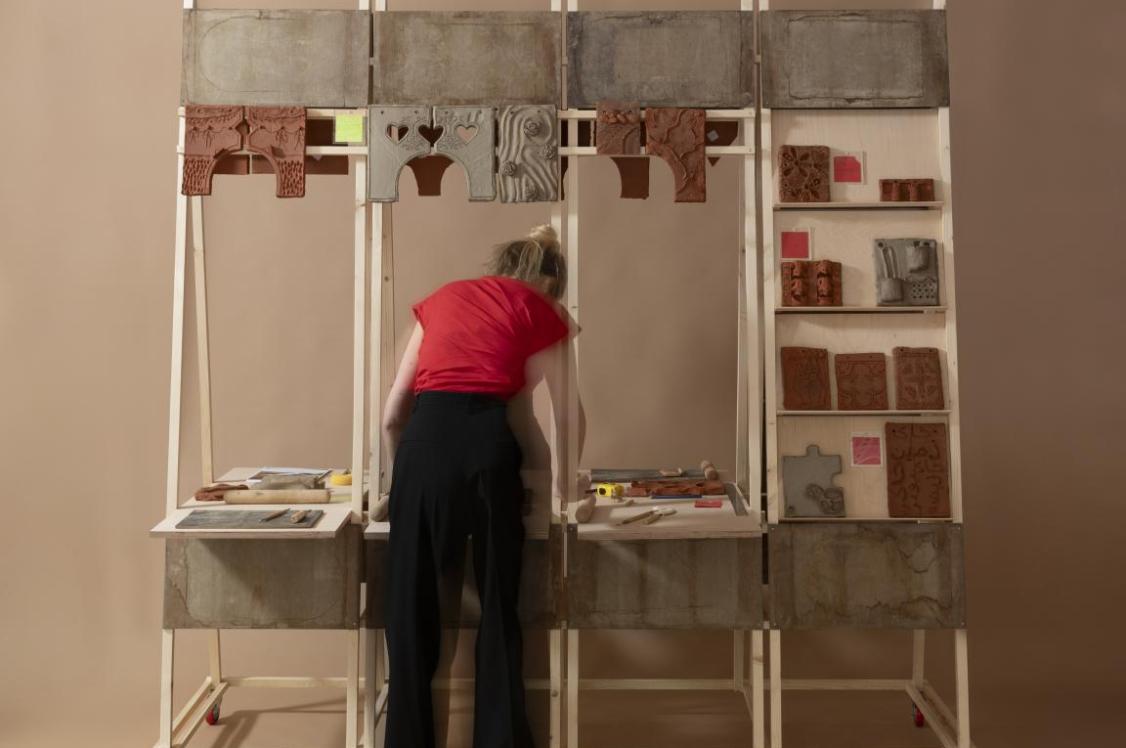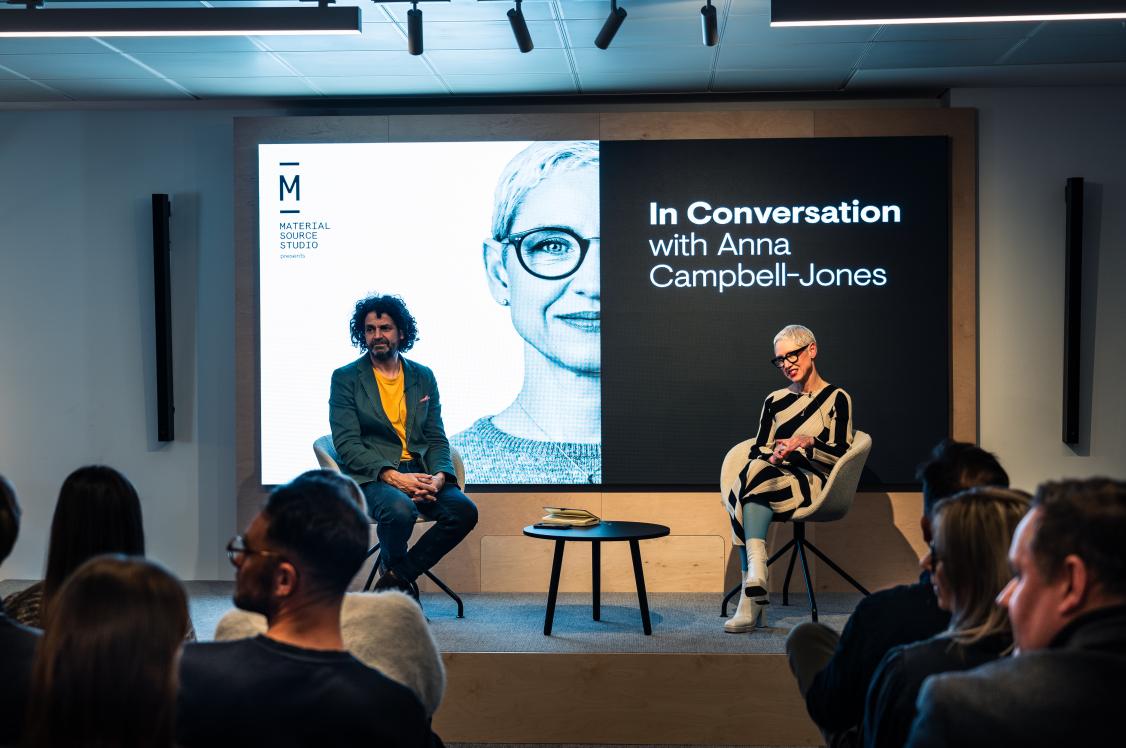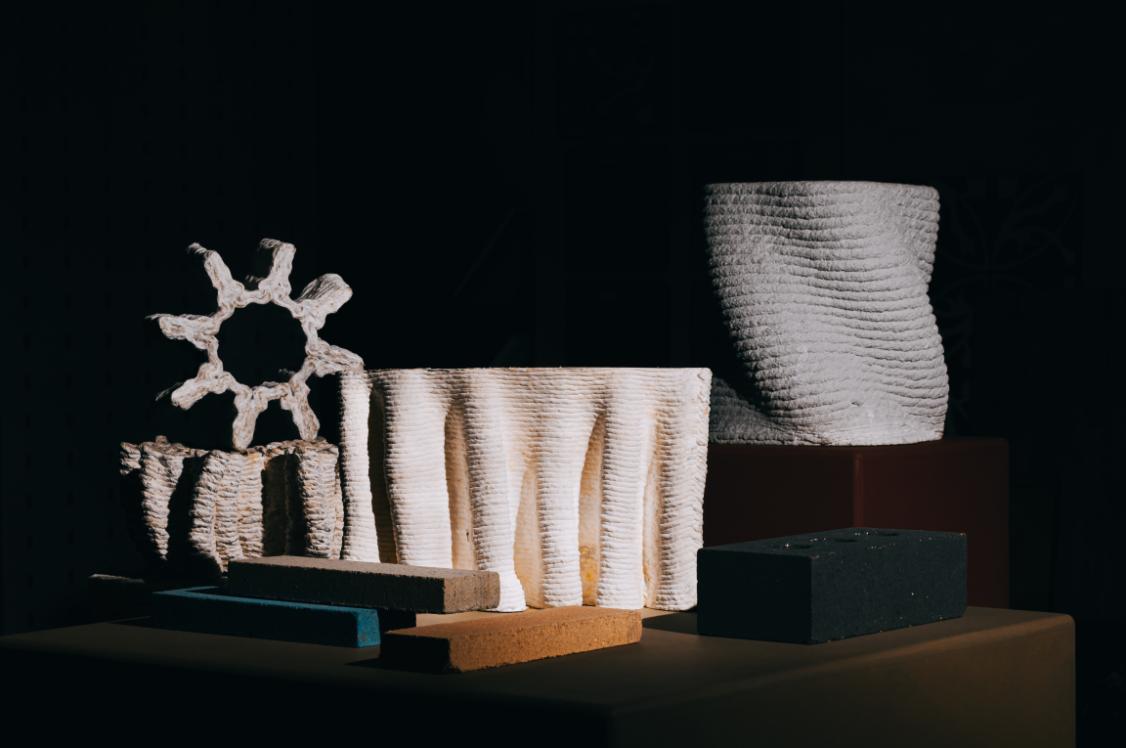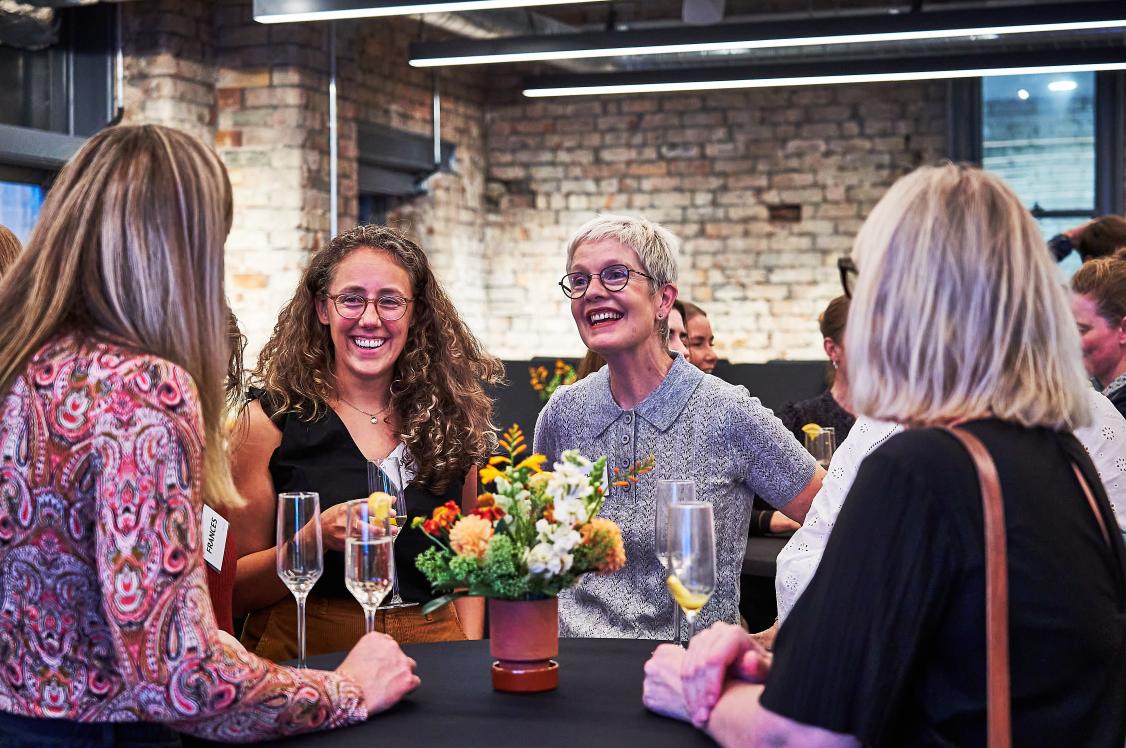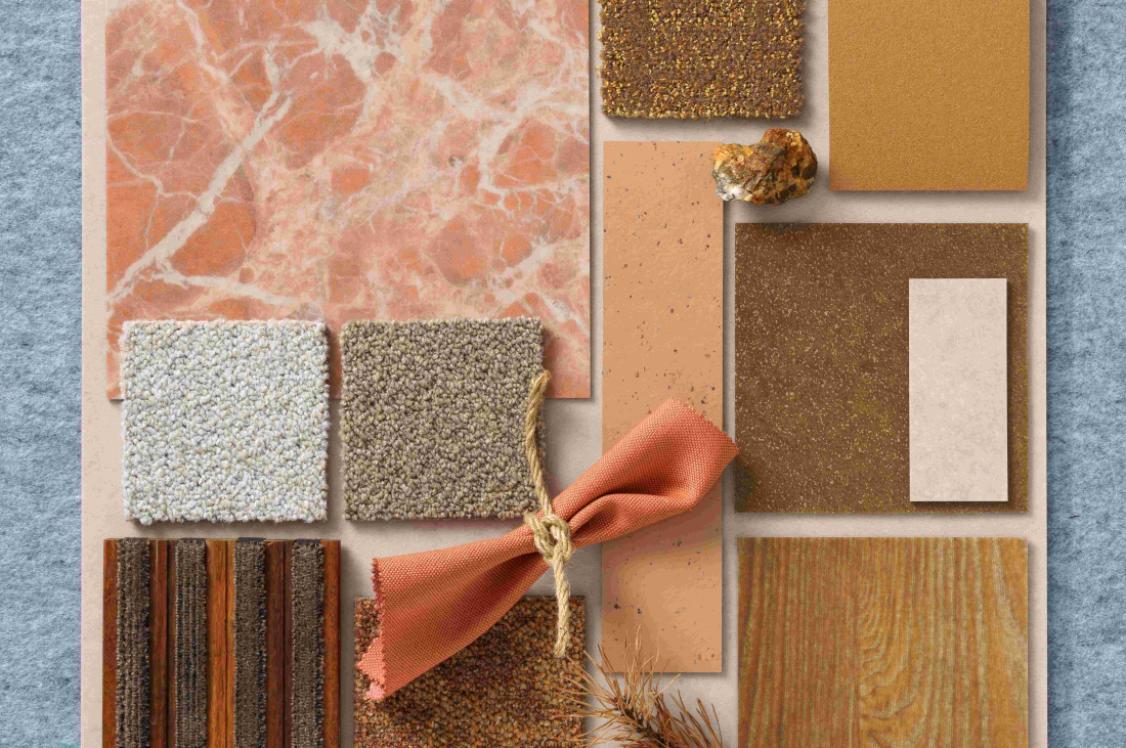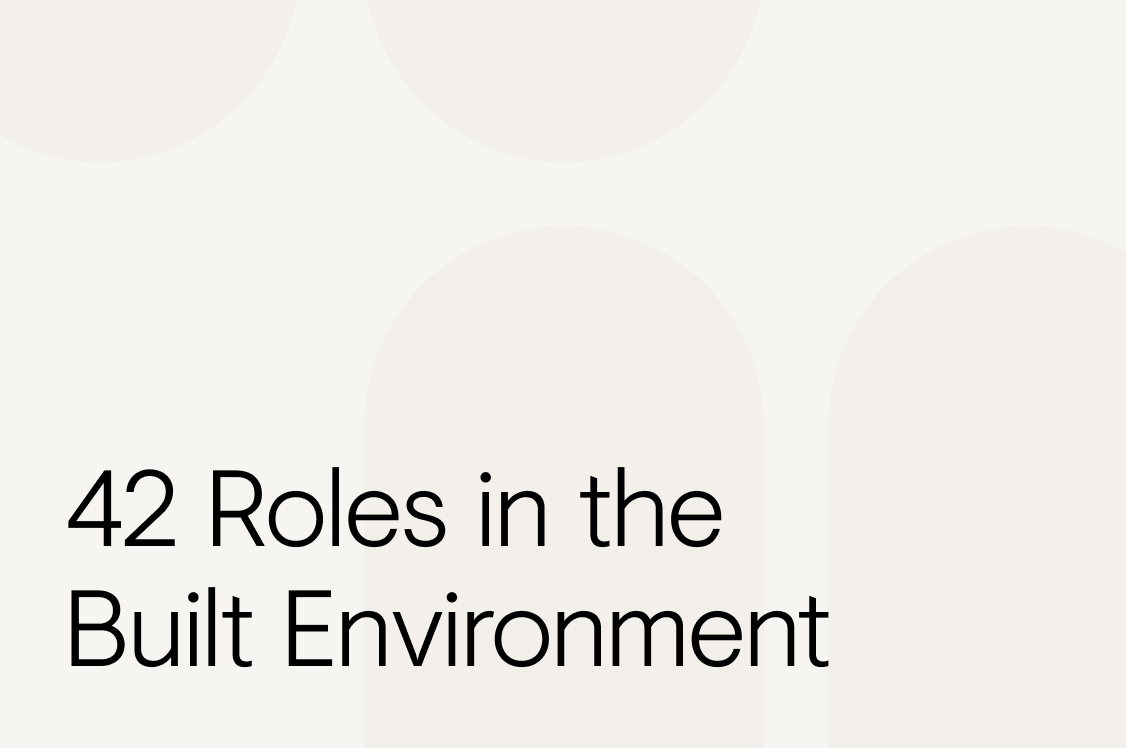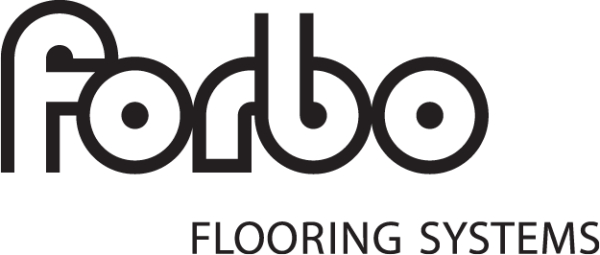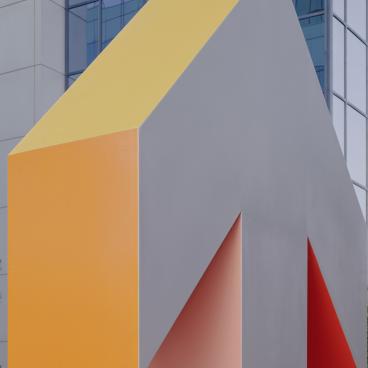AI: Are you ready for digital transformation?
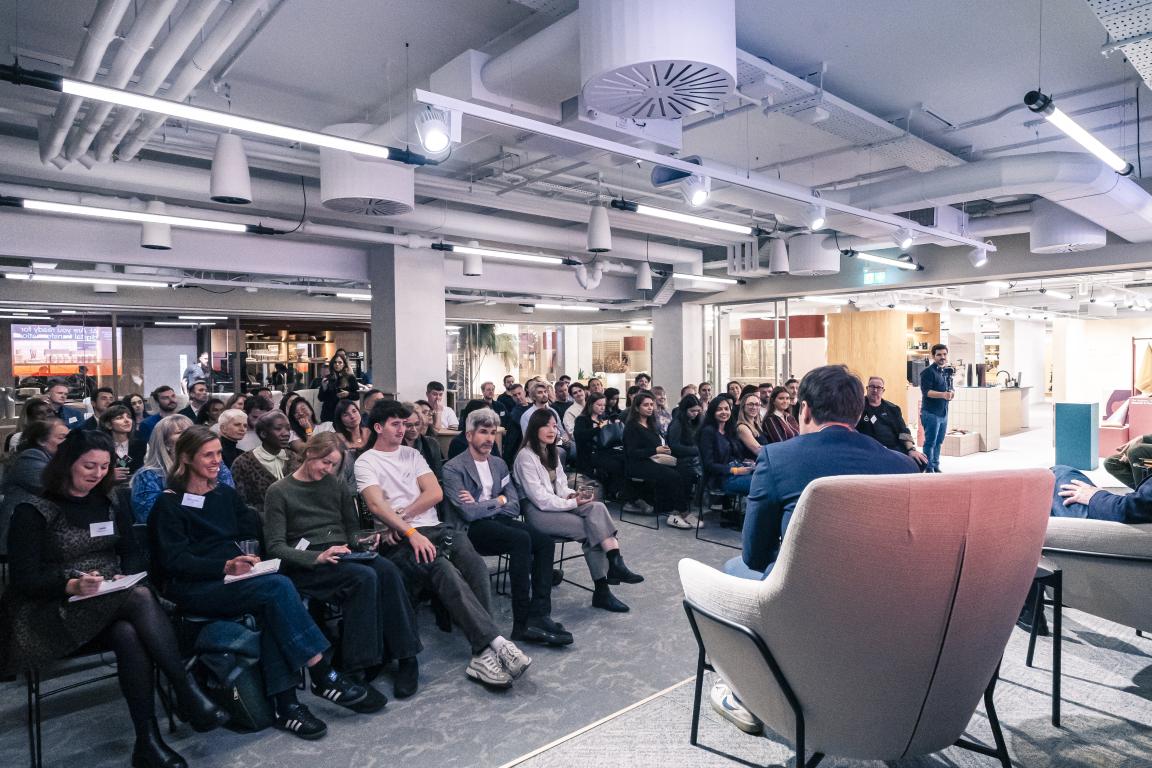
Credit: Tim Ainsworth
"AI is definitely overhyped. But a paradigm shift is coming"...
At our first seminar at Material Source Studio London, Host, David Smalley, asked our panel and guests - AI: Are you ready for digital transformation?
While it was suggested by Marcelo Lecocq, Data Science Manager, Buro Happold, that AI can secure us big productivity gains - these alone won’t cut the mustard, he warned. There’s more to come from AI tools, but to get the most from them, we all need to be upskilled in prompt engineering.
In architecture, Dale Sinclair, Head of Digital Innovation, WSP, believes that the paradigm shift he speaks of will completely alter the way buildings are created, with a move to off-site manufacturing helping to save resource, and carbon. Day-to-day AI will "without doubt" take away the drudgery, he said.
But with "AI washing" rife, effective use of AI on a mass scale is being stifled, commented Amir Hossein Noori, Co founder, AI Hub. "Beautiful imagery does not mean good design or UX”, he cautioned.
While “transformation” might sound scary to some, the panel reassured our guests, they need not worry too much. Will AI replace us? On the whole – no. And that’s because of three things that humans possess, and machines don’t: “Creativity, empathy, and the art of storytelling.”
In the piece to follow, we highlight the session’s key talking points, as well as a selection of questions from the audience to keep the conversation going…
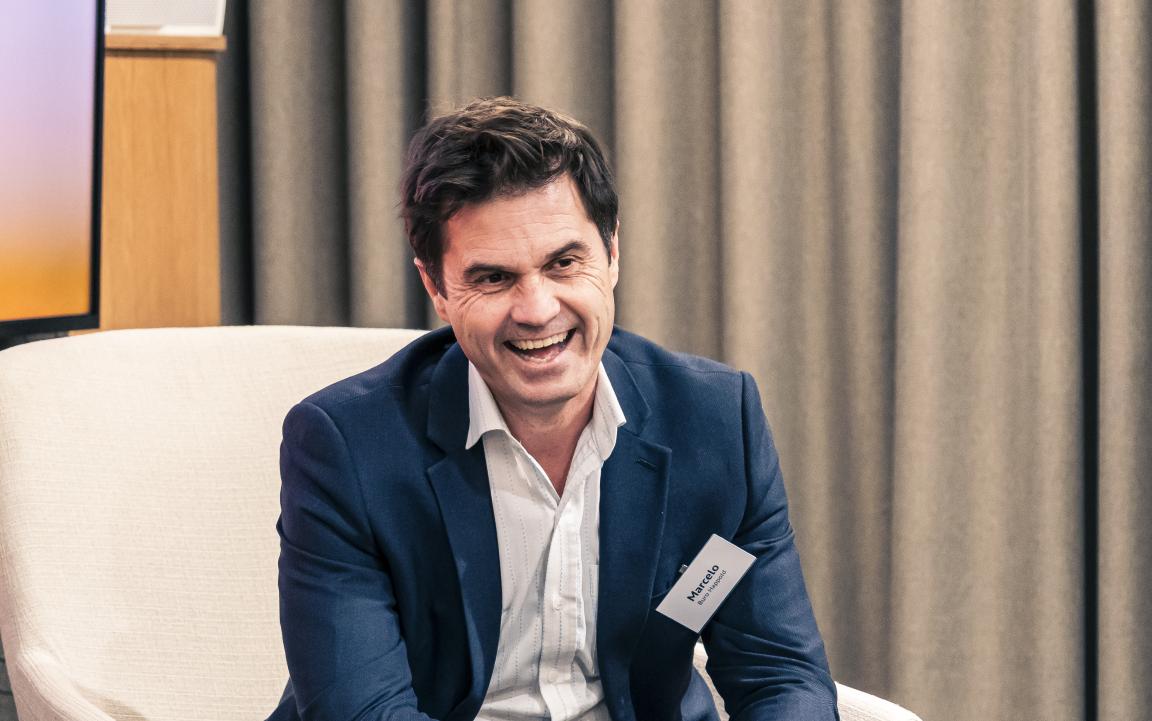
Credit: Tim Ainsworth
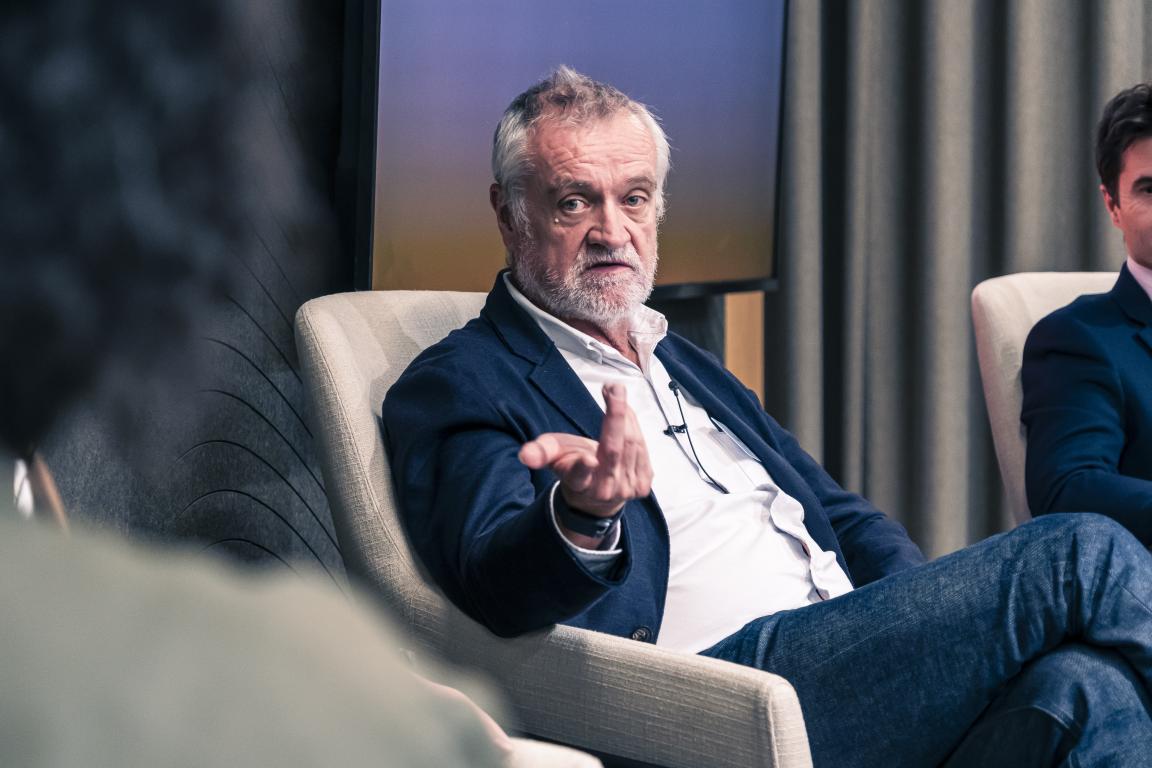
Credit: Tim Ainsworth

Credit: Tim Ainsworth
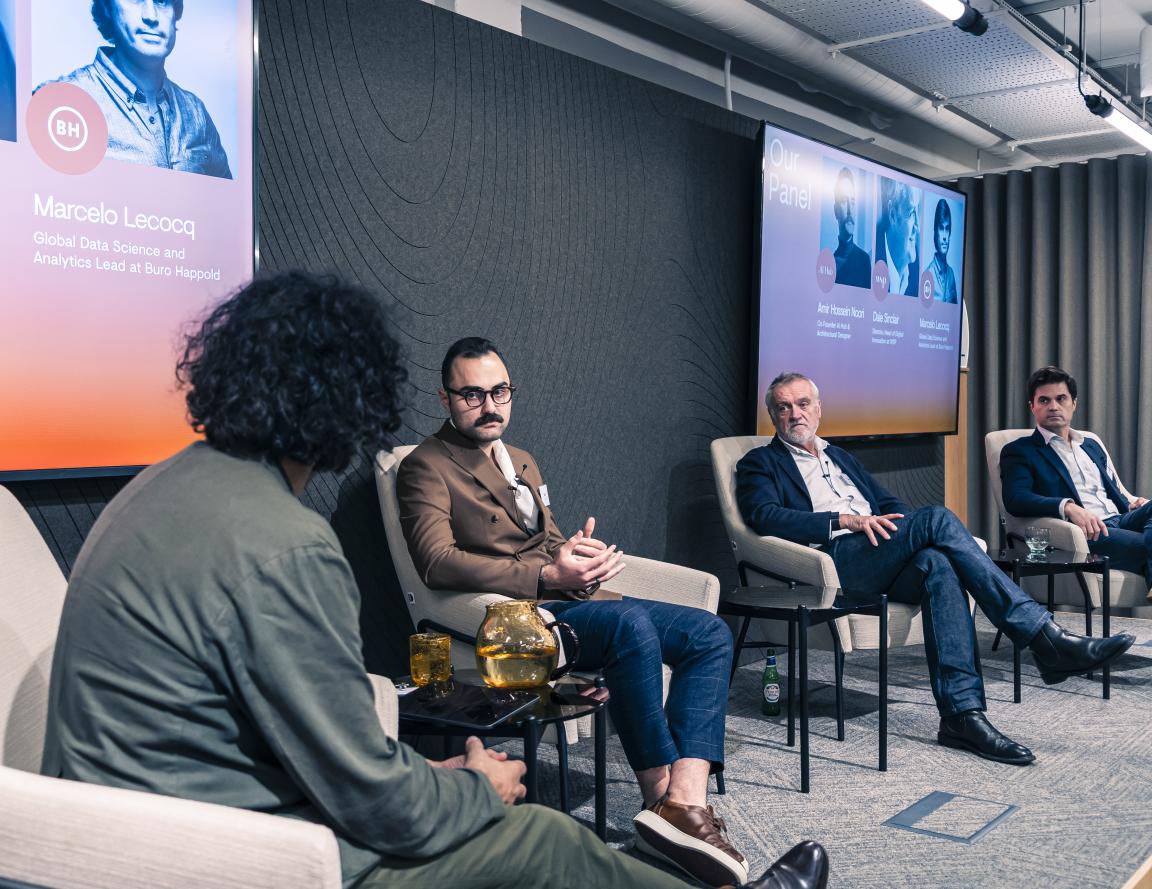
Credit: Tim Ainsworth
AI: Overhyped?
The seminar was broadly divided into two sections: “the now”, and “the future”. Host David began by asking the question: “Where do you see AI genuinely adding value now, and where is it perhaps misaligned or overhyped?”
Marcelo, who’s spent the bulk of his career working for an IT organisation – “You can think of me as the operator from the Matrix movie, just seeing data”, he said of his role, responded with, “The way I see AI now, today, is for big productivity gain purposes.” Asking the audience ‘who uses Excel?’, to which the majority in the room put up their hands, he commented, “There's a huge amount of opportunity to automate some of that stuff for productivity gains”.
“But, in this new AI world, productivity gains alone don't cut the mustard. Think about what you're going to do with these productivity gains by automating things using AI, and how much more revenue, how much more value you are going to add in your designs, in your engagement with clients?” The possibilities, he said, are extensive.
A specific benefit for architects and interior designers, Marcelo believes, is the use of AI in creating quick prototypes in the likes of Revit. Prompting an LLM (Large Language Model) to do the heavy lifting. “This should be happening right now”, he added.
“Is AI being overhyped?” asked David.
“I don't think it's overhyped, but it's underutilised”, Marcelo replied. And this is down to a lack of upskilling. “What’s happening in the market is you’re thrown tools, and you're expected to adopt them, but in essence, most of you don't know how to use them.”
Buro Happold is a firm dedicated to upskilling, shared Marcelo. More on that later.
An architect by trade, with 40-years’ experience delivering major projects, Dale Sinclair thinks, “AI is definitely overhyped today”, especially in this sector. “Using it to write better reports is not the paradigm shift you’ll hear me talking about”, he said. A view that’s been shared by all the seminar panellists we’ve invited onto our regional stages to discuss this topic, we are clearly only scratching the surface when it comes to AI. The ONS reported this year (April 2025) that only 18% of UK businesses are using Artificial Intelligence in some form.
The main “win” for the built environment sector will be AI’s support in helping architects shift from construction to manufacturing, Dale highlights. “I think we're trying to redefine the design process”, he commented, “without a doubt, AI will take away a lot of the drudgery and complexity.”
When we reach this point, where AI filters out easy, mundane tasks, Dale says we’ll be having conversations around whether we can actually work 40-hours per week only “doing the hard stuff”.
Amir also has a background in architecture. And now, through his company AI Hub, works with fellow architects, designers and suppliers to integrate AI into their everyday. Those that do, he believes, are far more likely to win projects. And that’s because they’ve made their marketing more efficient, and bolder, and they’re managing more projects internally with the same resources they have. In short, they’re doing more with less thanks to AI.
This all again relates to “foundational tasks” – something Dale mentioned when talking about automating the mundane. Is anyone in the sector being more inventive with it at all? David asked.
“AI is quite overhyped”, Amir said. “For conceptualisation and ideation for RIBA Stages 0-3, AI is great”, he added. But one thing designers should be wary of “the AI trap”, Amir warned.
“This is where a designer confuses beautiful imagery with good design. I.e. you think the user experience will be good because the visualisation looks good.”
There’s also “AI washing”. Much like “green washing”, this is virtue signalling by companies keen to market just how many technological tools they’re using, he said, without using any of them effectively at all.

Credit: Tim Ainsworth
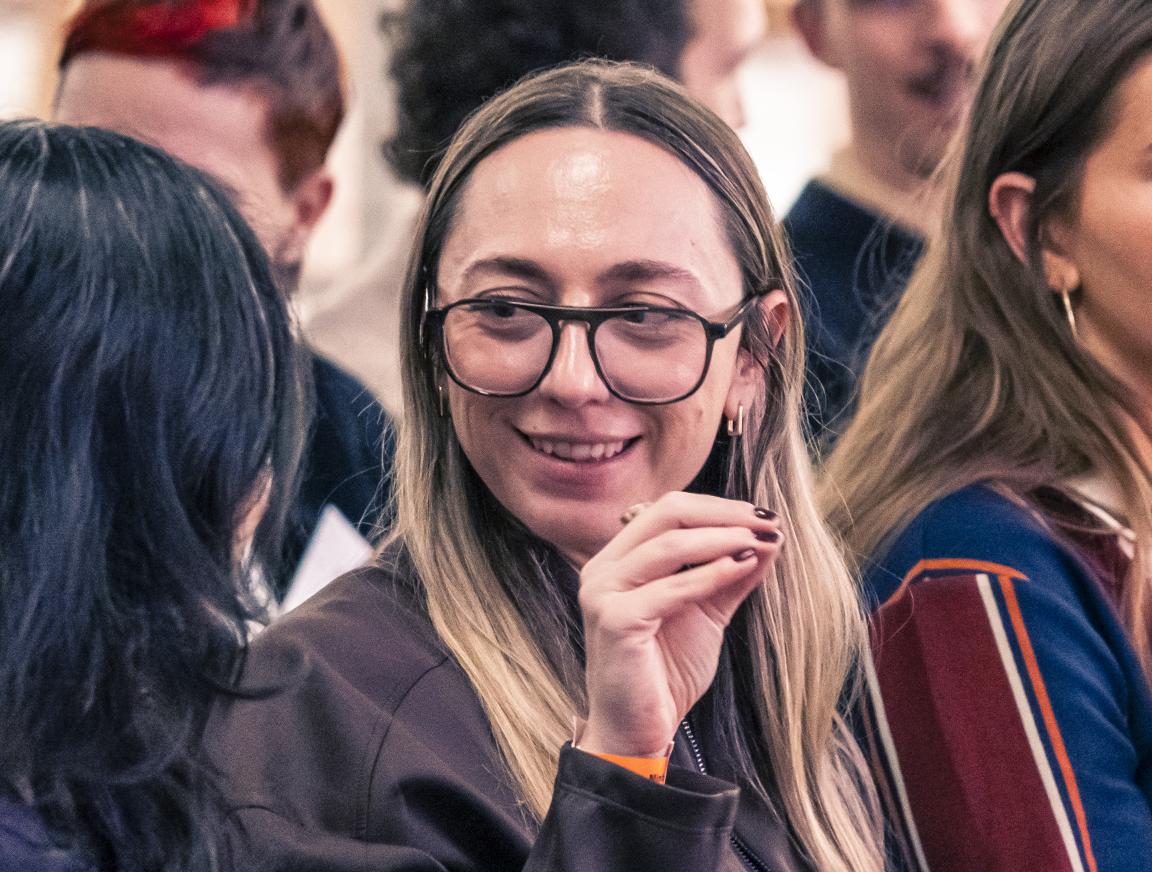
Credit: Tim Ainsworth
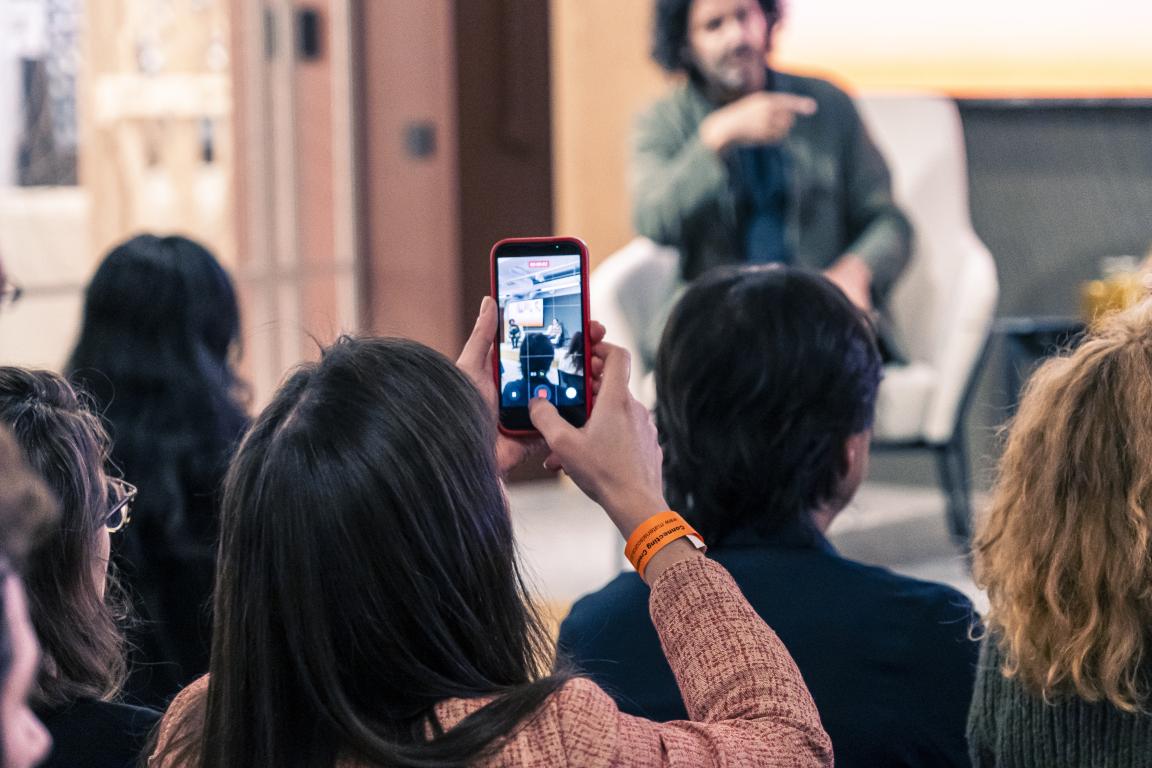
Credit: Tim Ainsworth
Mind the AI skills gap
“So there’s certainly a point here around skills?” David suggested.
This is not a modern challenge, Dale said. “We've always had this issue with architecture where professionals say, when architects come out of college, we're not ready, we need to understand more about detail and so on and so forth. And I think AI will be part of that. People will say, well, we don't come to our first job with the right skills. I fundamentally disagree with that.”
Architects, Dale believes, possess right-brain thinking. Creativity. Though personally he found breaking in this side of his brain quite challenging as someone more interested in physics as a student. Citing a “brilliant book on this topic – How Mathematics Shapes Creativity by Marcus du Sautoy”, Dale stated the question, “Can AI ever replace that right-brain thought?”
“The answer is no - architects will still rule the roost because we will use our creativity.” The same goes for designers, artists, musicians, he added.
Some ‘Left-brain’ tasks on the other hand, including logical and analytical functions like data entry, data analysis, coding, report generation, and writing documents, are those most “at risk” of being replaced by AI.
However, Dale continued that “the human in the loop will still be really important”. AI, he said, is “just a tool”.
“If we can harness it properly, we'll do amazing architecture, we'll free ourselves up from the drudgery and we'll be able to be laser focused on the challenges of the future.”
All of this, Marcelo said, will be a good thing across the board. “I see the benefits of AI-assisted decision-making in every single industry and every single job. These are democratic skills that we should all have at different levels.
“At Buro Happold, we have a programme addressing 3,500 employees. All of them are getting trained on the basics of AI that we call ‘AI for everyone’. Then we've got a middle ground, a bit more advanced, that we train people in how to create agents from scratch. And then we have senior people really crunching machine learning models and automation systems with AI. Those are the ones I look after - and we're designing and getting value out of the projects participants come up with from day one.”
On the point around increasing automation, David said, “Let’s talk more about the resource savings…”
Our current use of AI is “schizophrenic” Dale suggested. “We're trying to use AI to be more productive, yet we're still focused on a 500-year-old technology, which is a scale drawing.
“Can we please stop doing some of the things from the past to try and focus on the future?”
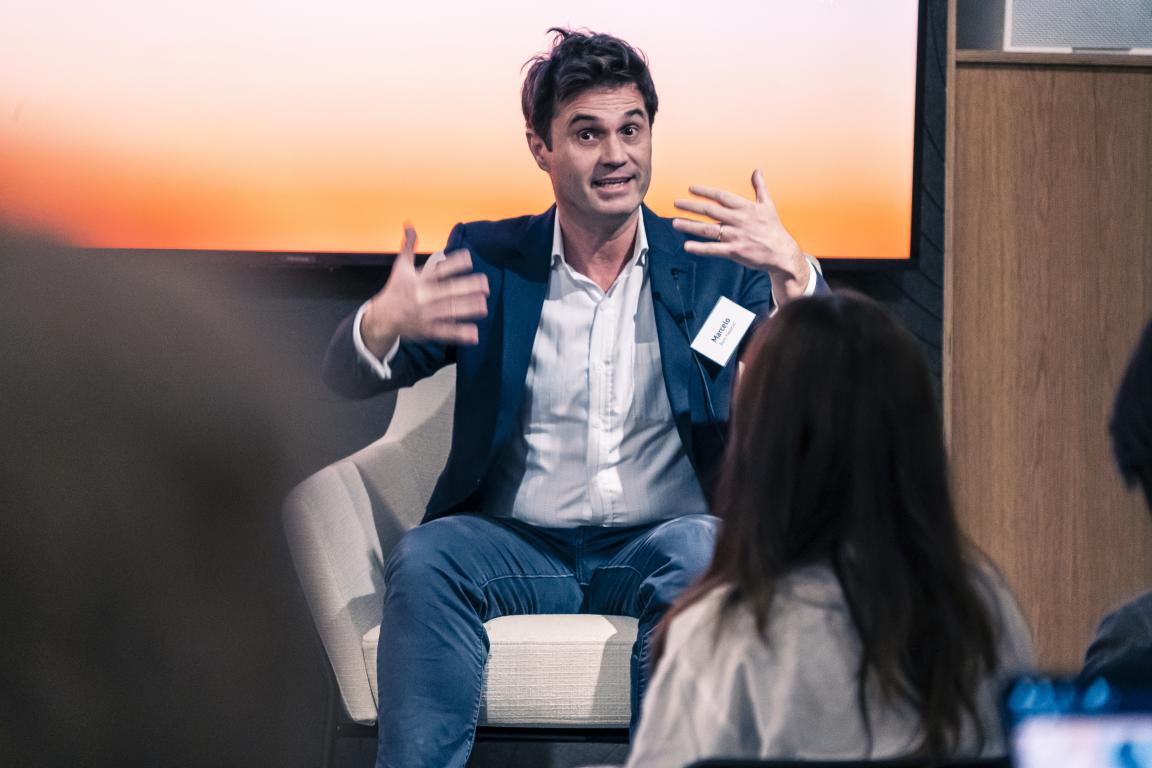
Credit: Tim Ainsworth

Credit: Tim Ainsworth
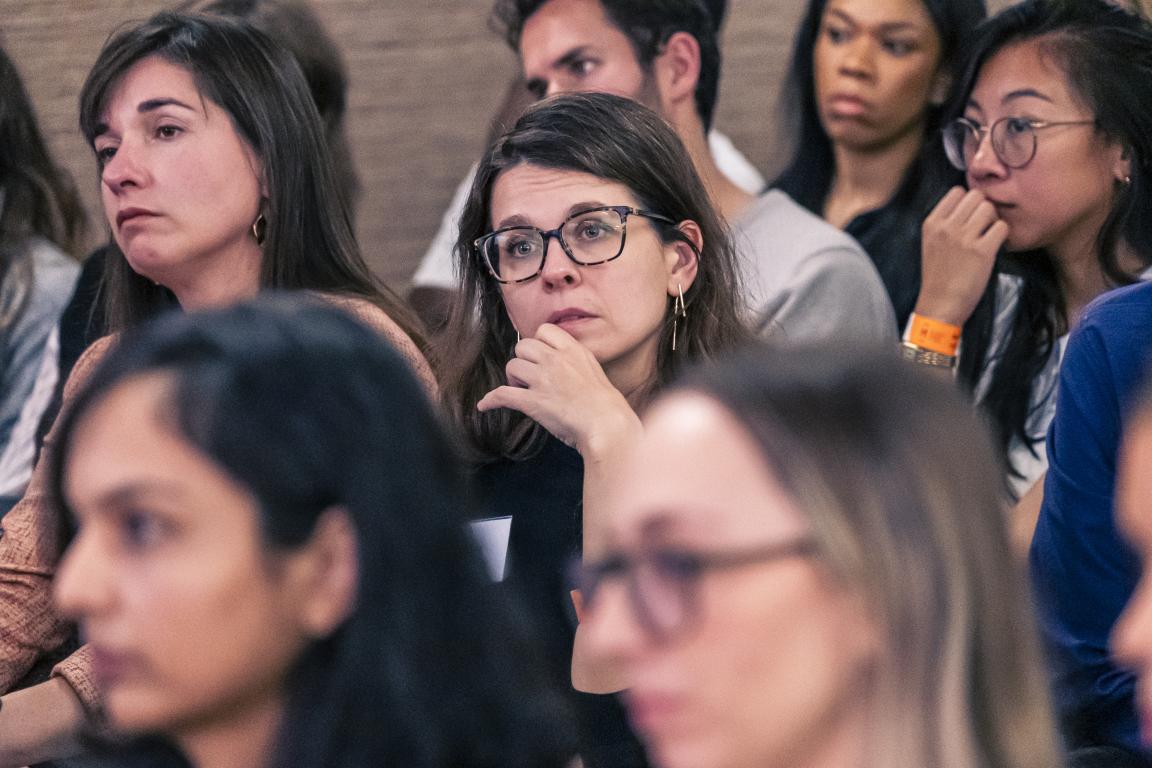
Credit: Tim Ainsworth

Credit: Tim Ainsworth
AI vs the human touch
The ‘resource’ prefix that David mentioned, Dale commented will be made up of knowledge from human experts, used to train AI models. “Think about how much knowledge is in this room. It's insane. But it's only in your brain. Imagine if the knowledge from all your brains was in an expert system.”
Outdated undertakings such as scale drawings, Dale continued, are paired with repetition. “The same conversations, the same decisions”. Again, if we loaded data into an AI model, it could make the decision-making easier, said Dale, so architects can really focus on “the decisions in a project that make us creative or add value to an individual site”.
“I don’t know why we're obsessed with starting with a blank piece of paper every time - we shouldn't - because there are so many challenges that we need to deal with for the future that we should be laser focused on now.”
Amir agreed that architects spend a lot of time on things they perhaps shouldn’t. Window and door schedules, for example. Now he has found AI tools to automate this type of work, he has more time for “design”.
“It's giving architects and interior designers time to think more creatively, to go back to the roots of the project, the narrative, the concept that you're defining. Those are the areas that AI is not going to be able to do.
“AI can read you Shakespeare, but only you, as humans, can feel something when you go to a theatre and see a show. AI cannot do that.”
A question from the audience asked, "As a lot of tasks for entry level roles are being replaced by AI, what's being done to upskill young people?"
Amir teaches in universities and shared, “There’s a real thirst for learning about AI, but a lot of universities are seeing it as a threat and so are banning it. We need to teach students how to use it properly. As a designer this is crucial for being qualified for future jobs.”
“The industry is very fragmented”, added Marcelo. “There are thousands of companies all competing for the same business. So, there isn't an incentive for the industry as a whole to upskill. Your companies may have an incentive to use upskilling to compete against the competition. So it's a structural challenge of the industry that needs to be addressed.”
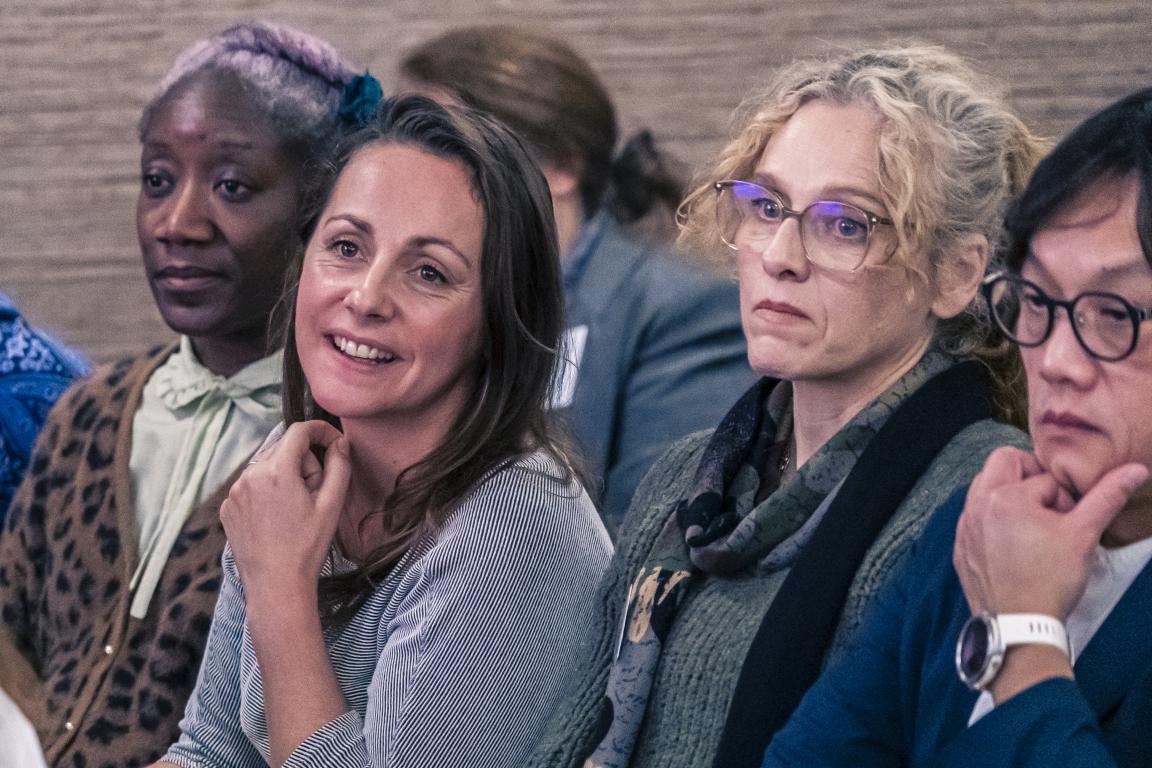
Credit: Tim Ainsworth
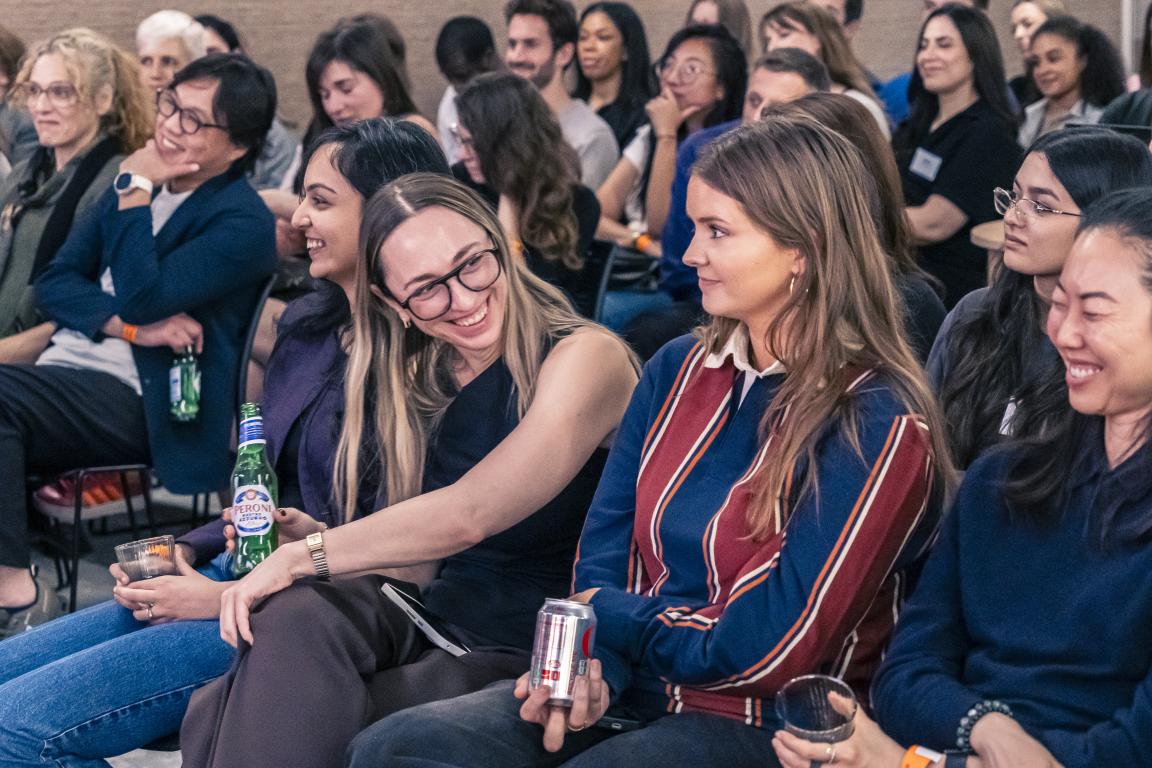
Credit: Tim Ainsworth

Credit: Tim Ainsworth
AI: Caring to share?
With this in mind, where do we stand on open source currently in the built environment sector? As we’ve previously highlighted, tp bennett has created its AD Lib database of sustainable suppliers and has made it open source to benefit the industry as a whole. Do we knowledge share enough?
At Buro Happold, Marcelo said, “Whatever we create, we share it. It's a bit difficult. It's a bit high-end, but we share it. And when it comes to open source, it's the basis of the upskill programme that we’ve introduce here.”
The tools this is applied to include Copilot, Datacamp, Pluralsight, and Databricks.
DataCamp is a learning platform, DataBricks is the execution engine – “the Ferrari of data science”, as Marcelo described.
Dale concurred with Marcelo’s points, “Everybody's fighting away, and we live in this world where actually we should be sharing what we have.”
Audience member, Olivia Stobs-Stobart, Design Manager & AI Lead at Plan A Consultants, asked, "I feel like we can talk about and idealise what workflows we want to introduce, but ultimately that progress is going to be held back by a resistance to change. I'm just curious, in your respective businesses, how you're not only encouraging the use of AI, but also encouraging change?"
For Marcelo, “AI isn’t a business problem. It's a business change problem. AI is just the answer to that business problem.”
Amir avoids using the word “transformation” because he feels that can scare people. “First off, we have an in-depth conversation about the process of their company - what they're doing. Then we show them if they were to implement some AI into these processes, how they might look after. Secondly, we communicate to people they’re not going anywhere. And in fact, we want to use more of their skills in different ways.”
Communication, and the very human skill of storytelling, highlighted earlier in the conversation, Dale said we have to hold dear. “Remember, we have the power to be amazing storytellers in a world of change. We need our whole profession to learn better storytelling. That's the key thing. Because if we’re going to drive change, we have to be the best storytellers.”

Credit: Tim Ainsworth
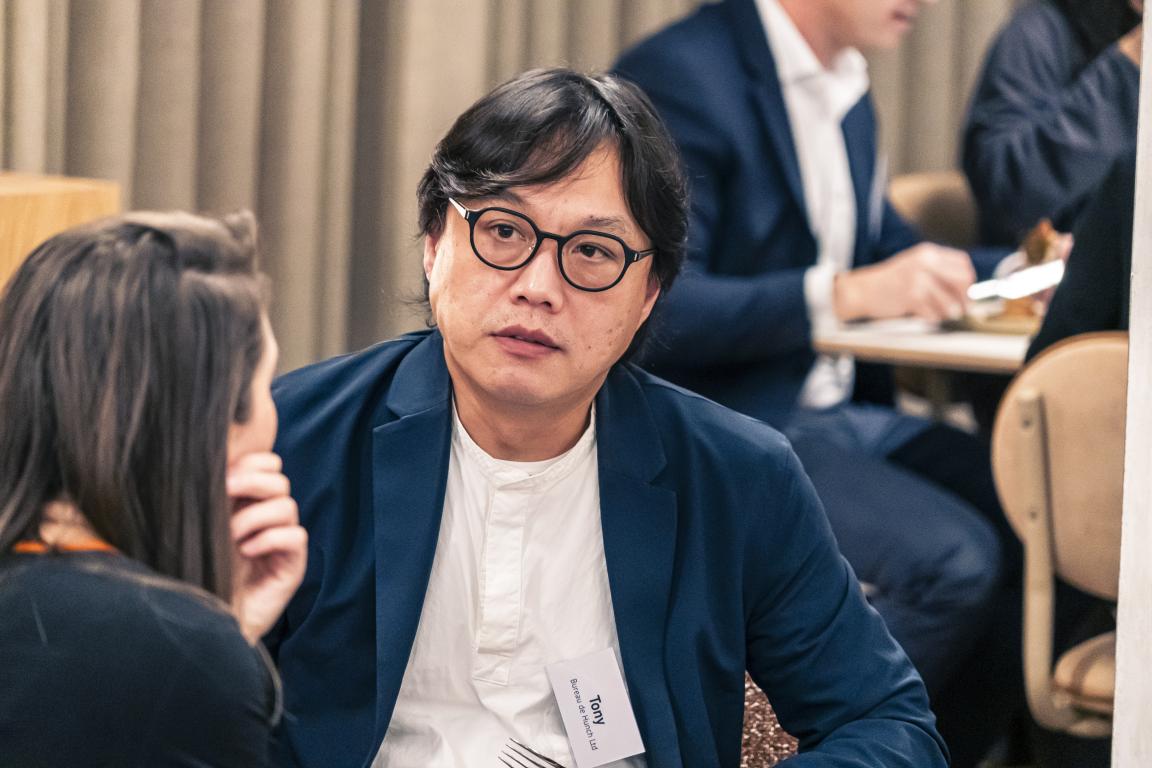
Credit: Tim Ainsworth
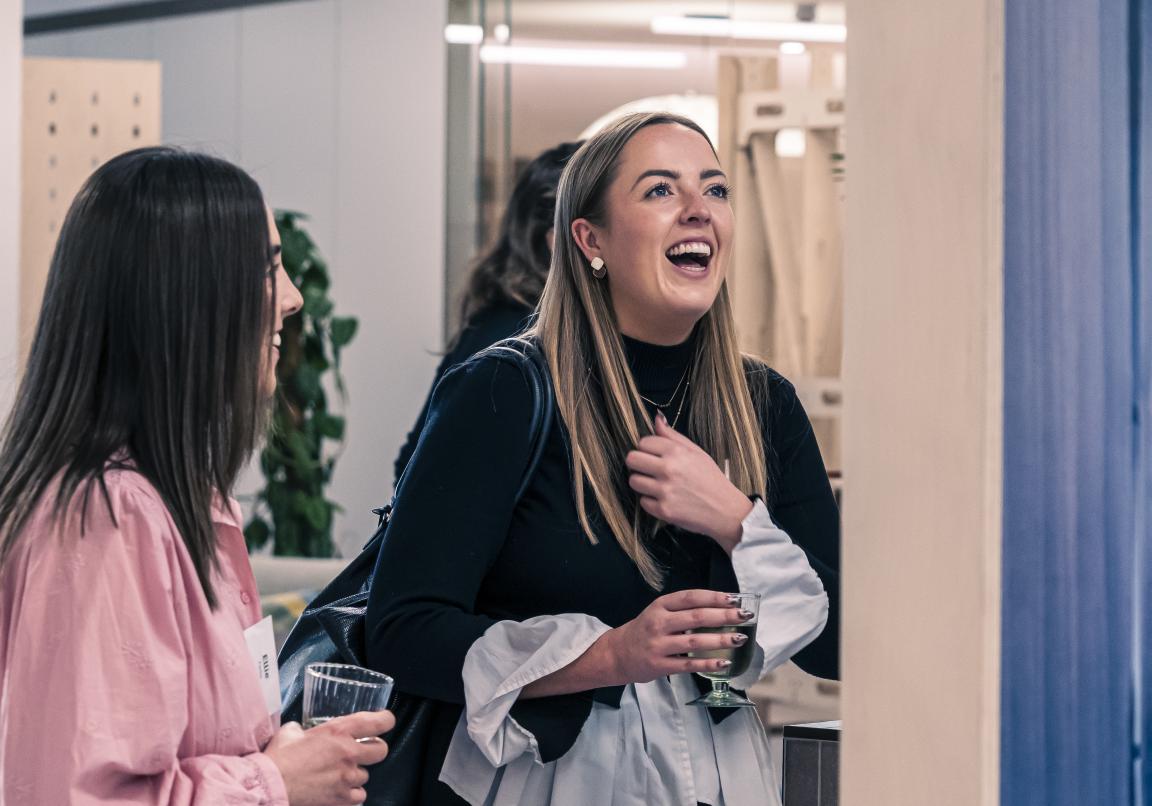
Credit: Tim Ainsworth
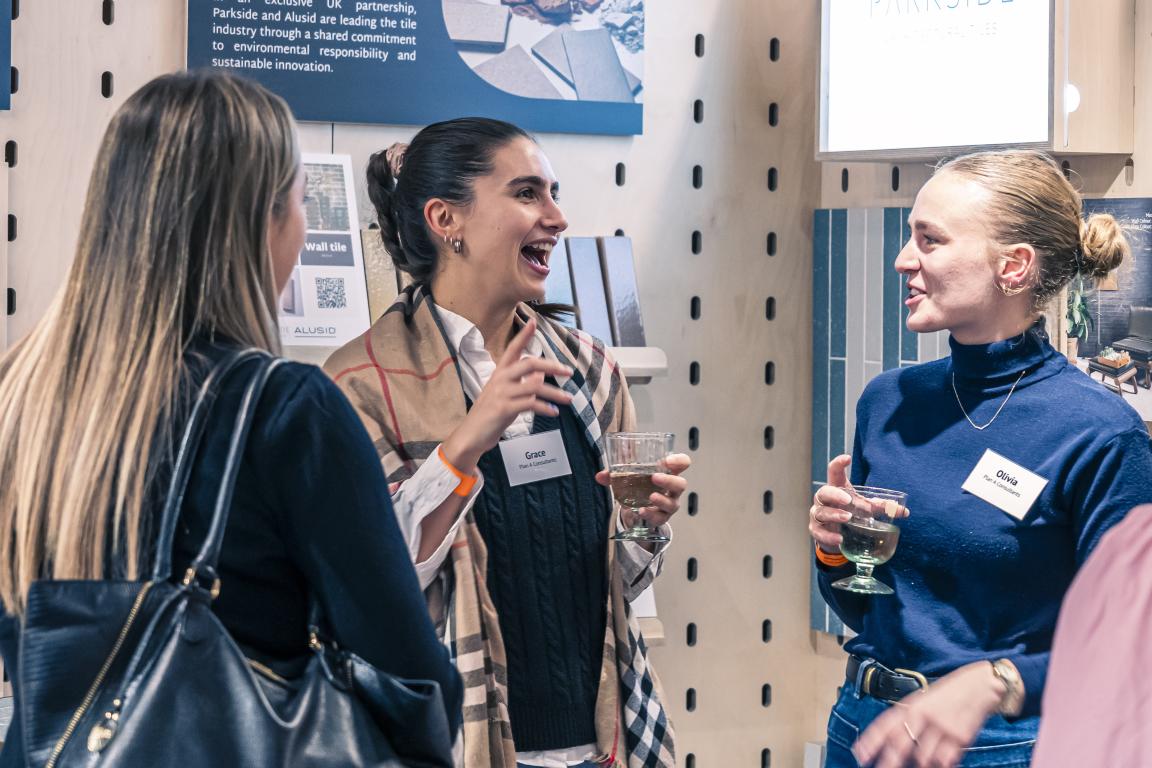
Credit: Tim Ainsworth
AI: Sustainable, or not?
Izzy Watson, Head of Culture, 3DReid, brought the discussion around to sustainability, asking, “Have you looked at the sustainability aspect of the AI model?”
This is a tough one to answer, responded Marcelo. The most energy-intensive bit is the training of the models. But after that, the day-to-day use of AI requires very little power. The potential issue lies in how many more companies will train their own models using data centres, he suggested.
Amir has studied this and found that “rendering with normal rendering engine programmes will consume more power and energy than using AI to do the rendering.” He also raised the point that improvements in terms of AI's energy consumption are always being made. Monthly, in fact.
This energy-intensive period in the short term will be worth the long-term gains, the panel agreed.
Dani Ellis, Programme Leader, Istituto Marangoni, in the audience, picked up on the point Dale made about off-site manufacturing, asking: “What do those manufacturing systems look like in the future instead of construction processes?”
“The word ‘architect’ means ‘master builder’”, replied Dale. “And I actually find it amazing that 500 years’ ago, our original architects invented scale drawing and that's the technology that's prevailed ever since.
“What we're trying to figure out is how do we bring manufacturing expertise to the table. And in the short term I'm much more interested in the shift to manufacturing than I am AI, because to me that's the play that will change the nature of how we design buildings.”
The sector’s preoccupation with decarbonisation Dale feels could be “taking our eye off the ball”, when if we put that energy into creating systems, set up at programme level, we would achieve this as a result anyway.
“The view is that once we've got our system set up at a programme level, I will design a building today and it will be on site next week. That's the direction of travel where we can really rapidly design buildings using connected data. AI will help us do this by taking away the complexity so that we can be really focused on dealing with each other.”
Looking further ahead, Dale added, “The way I see people using AI today bears no correlation to what I see for the future. That future will be a paradigm shift in how we design buildings.
“While I think some professions will be decimated by the input we add, creativity always prevails. Architects are in the most resilient profession, I would argue, because of that creativity.”
Another gap could also lie in “making” Dale stressed, so actually, almost the opposite of what’s required to use AI, but using our hands to craft. “My concern is we've lost all of our skills of how to make.”
Daniel May, Director, Consort Architectural Hardware, asked about the practicalities of that which Dale suggests. “Do you think that the government will allow you to move at the same speed? I.e. you said you could be on site within a week in the future?”
The adoption of AI programming for planning applications is the key here, answered Dale.
And what about for heritage buildings – “does off-site manufacturing work in those instances?” asked Oliver Murgian Hedger, Designer, Timberline Design.
Dale thinks it does. Because it’s about “designing MEP for manufacturing, not construction, so it’s down to the way systems are designed inherently”.
From the audience, a question was asked by Mike Lambourn, Project Lead, PriestmanGoode around AI’s effectiveness for RIBA Stages 3+: "Most of the discussion has been focused on the early stages of design, but in terms of the later stages, how would AI work?"
Amir said the tools are in their infancy for this. But there are some tools than can support already on the market. “Revit models and small plans for Finch AI, which can track errors and warnings for you live”. We can expect more of this in the coming years though, Amir confirmed.
Grace Wardle-Solano, Design Manager, Plan A Consultants, in the audience asked, “How do you think AI will shift the way that architects approach the management of the design process?”
Again, Dale believes this goes back to manufacturing, with “AI doing a lot of that heavy lifting on the management side.” Speaking of a recent project, Dale took the design from 5000 components to 67. He’s now doing Lego-style instruction manuals – “that’s how I see it in the future, it will get super easy to make buildings - all the complexity will be removed. In 10-years’ time, I think architecture will be something like a product.”
Amir shares this view of the future. Much like Tesla and its collection of data leading to the development of self-driving cars, he said, “I think companies will be gathering more of your information on how you live, and they will be able to give you the best personalised scenarios for how you want to design, say, your house.”
He spoke about a red light, green light system, where pre-loaded components could be filtered against approved planning permission, speeding up the design process massively.
“Does data give us power?” asked David.
“Yes”, said Marcelo, “but you need to be able to extract insights from data to derive decisions and alluding to what Dale mentioned, it often goes under the radar, but storytelling is hugely powerful. It forms part of our upskilling programme where we use an algorithm called ELI5 (Explain it like I'm five).
“The art of storytelling is really, really important in this industry. So data to derive insights and the ability to sell your insights to management to get investment or to produce value are some of the key things I think are relevant for everyone to know.”
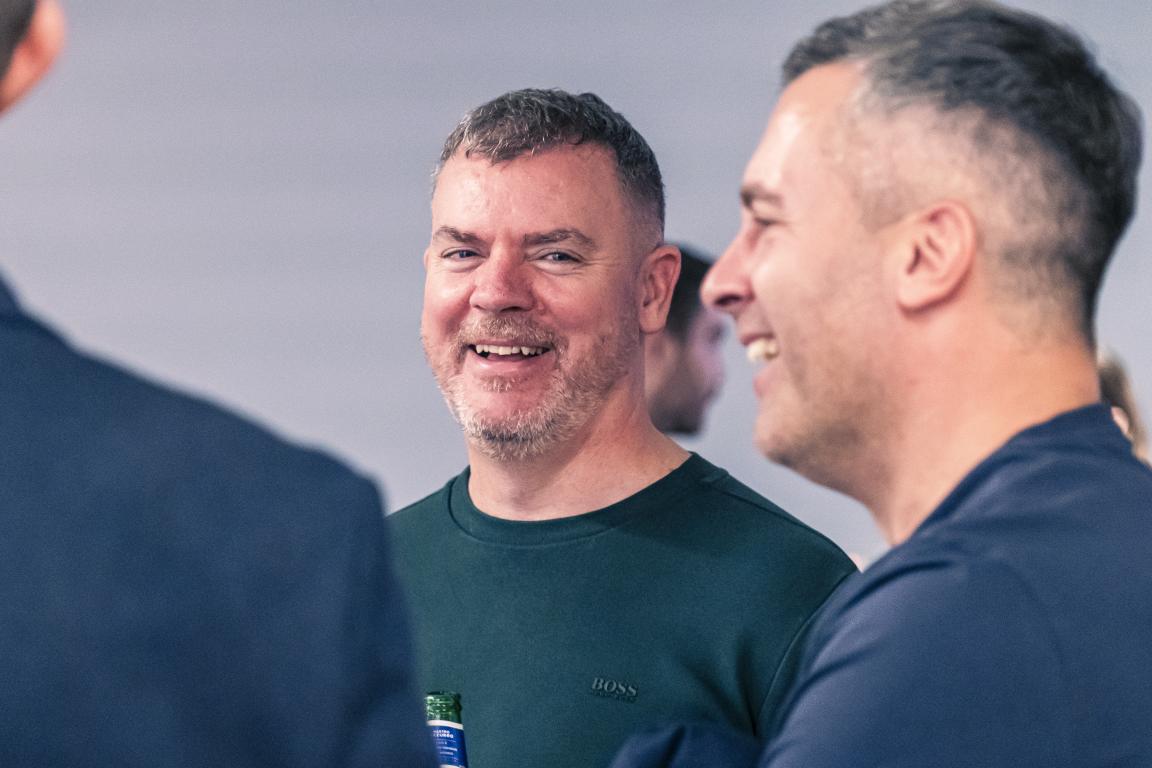
Credit: Tim Ainsworth
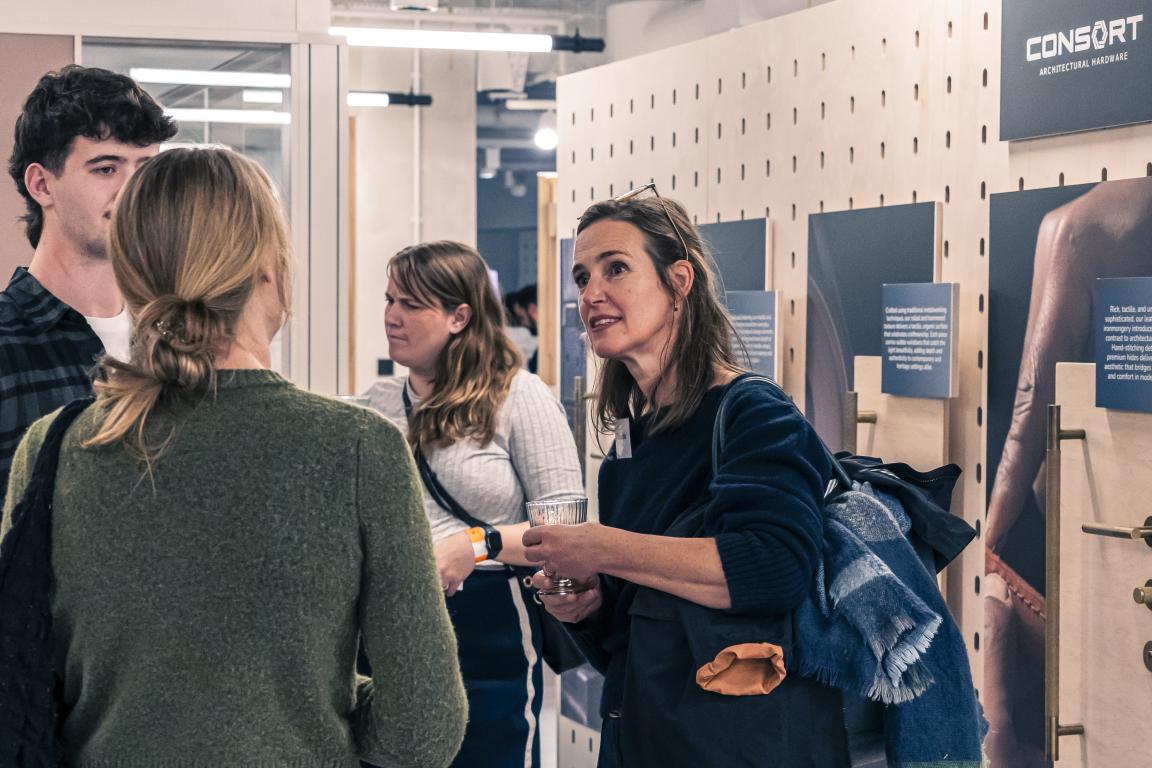
Credit: Tim Ainsworth
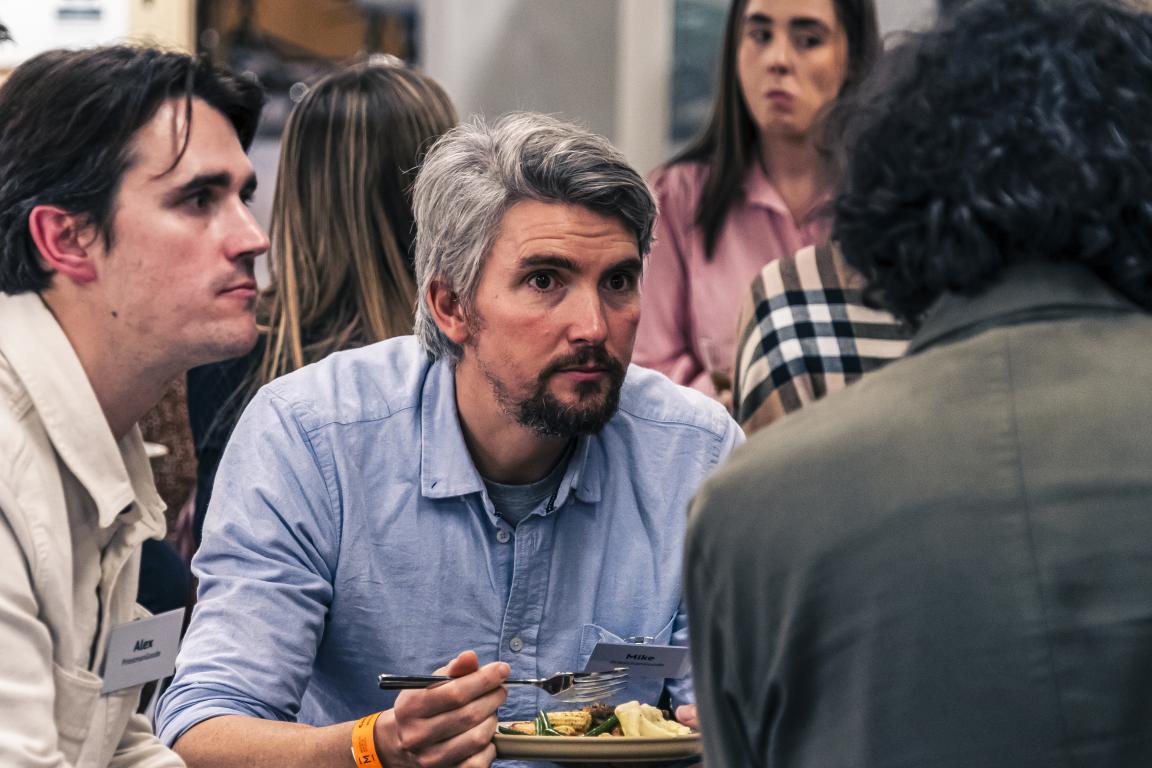
Credit: Tim Ainsworth
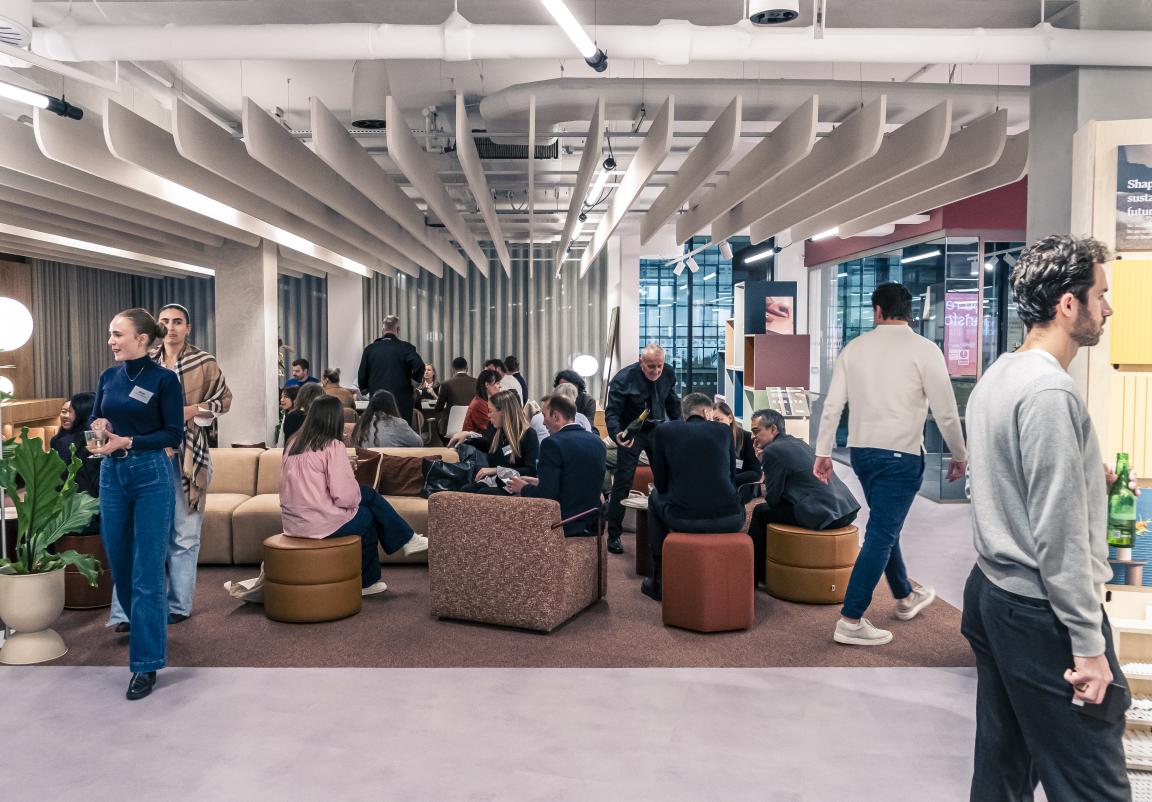
Credit: Tim Ainsworth
Everyone’s a winner with AI?
As the session neared its end, for now, David asked, “Who will be the winner in AI? Who will benefit ultimately from this AI revolution?”
Marcelo asked the audience to raise their hands if they thought the reduction of carbon was important. Everyone did.
“So there you see, the biggest winner is society. We all believe in addressing climate change. So we all win.”
Dale argued that right now, we have things tougher than anyone. With multiple apps we are bombarded with communication from every angle. But AI will simplify it, he said. “In the future, things will get super easy”.
The final question from Angela Forte, Associate Director, tp bennett, asked, “How do we ensure that our brains don’t become lazy?”
“I think you need to know the foundations first” Amir responded, “I think everyone needs to know the foundation of AI and how it works. Secondly, we should look at the all-in-one platforms so that we can plug and play.” Again, back to the point on simplification.
Dale too said to focus on the process. “Having these tools will make us better professionals. Focus on the process - how do I do things better as an architect? My one counsel to you is think about what it is you're trying to change, then look at the tools to help you do it.”
Bringing the conversation to a close, David summarised. “The three takeaways that have stuck with me are: the value proposition is human, and that is judgment and creativity. Storytelling is key. And if we embrace AI, everybody wins.”
Do you have something to add? Let us know over on LinkedIn.
In the meantime, a huge thank you to everyone that joined us for our first of many seminars in London, to our panel, and to our supporters for this event, Forbo Flooring Systems, Consort Architectural Hardware & Lumenear – all Partners at Material Source Studio.
Our next seminar takes place at Material Source Studio London on 4 December. More details and free tickets can be found here.




